It's actually my first time visiting Japan without trying any Japanese fine dining restaurant during the trip. On the night of our arrival, we had French food at Michel Troisgros, then the day after we had Korean lunch here at Yunke.
Well, I did try to book sushi or kaiseki ryori, but either most of the fine dining places in my mind don't open on a Sunday night, or they don't serve lunch during weekdays. Perhaps a little change can be a good thing. So for my second fine dining meal, Korean food it is, but not the regular fiery hot Korean food, this time we aimed for Korean royal court cuisine.
Traditionally prepared for the royalties during the Joseon dynasty. Yunke now only serve set menus. However, back then they actually started out with a la carte options.
Why the change? They found out that customers still prefer to order the dishes they are familiar with, the "common" Korean food such as barbecue pork and spicy beef soup. So in order to get diners to try something new, Yunke decided to go with all set courses. Opening a door of surprises and new experiences by taking the choices out.
The restaurant is located across the street from Courtyard by Marriott Tokyo Ginza Hotel, inside a slim building called Tiara Grace.
All private dining rooms, with a cute little bell on the table, in case you need to call in the waiter/waitress.
We were assigned with oppa waiter, good English too. Throughout the meal, he explained the artworks at Yunke, including the painting on the wall and our tableware. He also brought us into deeper understanding of the dishes presented. It really added quite a few points for Yunke, well, on top of his pleasing appearance and heart-warming service.
Set menu already selected when I made the reservation.
Drink menu -
Yunke has been on the media numerous times. Also the owner Chef Mi-Wol Yoon, is also a Korean traditional food maestro designated by the Korean government. Besides dining at Yunke, cooking classes are also held sometimes, teaching ways of making Korean style pickles and other dishes with health benefits.
But the most important thing first, a glass of Japanese sake to start my meal -
Isojiman, A soul be put in one drop, daiginjo, served in wine glass. What a name.
My mom requested for sparkling water. She said it makes her stomach feel better. Not sure if sparkling water really works that way, but as long as she's happy.
Black rice porridge -
"Black rice porridge with hot wind baked hulled rice."
Oppa waiter explained that serving warm porridge in the beginning is Korean's gentle way to start the meal. The porridge basically signal the stomach that "hey! more food is coming up!"
Kuruma shrimp with pear and pine nut sauce -
"Ground pine nut. Korean pear and mustard mixed with dense chicken stock. Arrange with Japanese kuruma shrimp. Bamboo shoot, pear, and lightly pickled cucumber."
The sauce used here was fermented three days, then seasoned with western mustard to give it a vibrant kick. Overall light tasting but delicate. This cold dish together with the serving bowl used, both helped us shredded all the summer heat behind.
Three kinds of appetizer -
On the left, "whelk boiled in vegetable soup finished with honey and soy sauce" -
Seeing that white slices on top of sweet and savory whelk? Take a guess? It's chestnut! How fun! Never thought chestnut slices can pair so well with Asian flavored whelk. It actually provided a somewhat airy, light touch to this rather heavy whelk, both in taste and texture.
Center one was "flavored beef and vegetables wrapped with sea bream, finished with citron sauce" -
Cross section view -
The one on the right was "medicinal herb boiled pork with pear, walnut, and radish" -
Let's take a closer look at the serving plate -
Specially made for Yunke. Our oppa waiter gave us a lot of information regarding the array of figures on the plate, but pardon me, I remember nothing but Joseon dynasty. It was something about the Joseon dynasty.
Jap-che/japchae -
"Sweet potato starch noodles with soy sauce and separately pan-fried vegetables."
Possibly the most beautiful jap-che I've ever seen. All the vegetables were cooked separately then presented together. Mix first before eating.
Pan-fried Korean delights -
From left to right, beet root/lotus root; onion/scallop/spinach; green peas/tofu/pork.
Not too sure if it applied to all or just one or two of the varieties. The waiter said the food was covered with rice powder, dipped in egg wash, then pan-fried.
The scallop one was mixed with tiny onion cubes, creating a gentle crunch to the bite.
The red colored one had a strong beet root aroma, so I preferred to eat it with Yunke's signature kimchi and pickled onion on the side.
Chef uses Japanese ingredients to make the kimchi, but not for the chili powders. It's not the typical spicy and strong scented kimchi, like the ones sold in Asian grocery stores. But rather refreshing. Almost like eating freshly picked cabbage leaves in a way, it's that clean and crisp. Also very similar to Japanese tsukemono, but lightly covered with Korean seasonings.
As for three little pieces of pickled onion, these were pickled back in January, so about five months old. Sweet to the tongue at first then some herbal note surfaced. Not pungent nor spicy, all that oniony note was already smoothed out during the pickling period. Very delicate.
Double boiled abalone with six kinds of medicinal herbs -
Made like melting chocolate for dessert, the abalone was steam-cooked using a double boiler.
That yellow thing on top, oppa waiter said it was some type of medicinal mushroom.
Water kimchi, fermented for about one month -
More information from oppa waiter, he said that a long long time ago, Korean food wasn't that spicy as we seen today. Chilies were later brought to Korea from Chinese merchants. So the light-tasting water kimchi here not only served as a palate cleansing dish, but also represented the Korean pickles back in the days.
Steamed medicinal herb marinated Japanese beef -
Beef cheek actually, first marinated with pear and soy sauce for one day, then steamed till fork tender.
The salad on the side was paired with black garlic dressing. Not garlicky at all, but came with a deep sweet note, a wee bit like the taste of Chinese sweet flour paste. Pretty comforting.
Soy sauce marinated crab -
Aka the rice thief, or am I the rice thief?
Similar to Shanghai's famous crab dish, which the crab was marinated in alcohol. But Yunke's version was by using soy sauce as the main marinating ingredient.
"Soy sauce was boiled with 12 kinds of herbs and cooled down, then the crab was marinated using this soy sauce for days. Later on taken out the crab and re-boiled the soy sauce again, cooled down, put the crab back, repeated for 10 days."
The end result was gelatin-like crab meat with condensed crab roe/brown meat aroma. All sucked in at once, then you'll quickly reach the garlic noted rice on the side to eat with, and wanted to ask for more. Now I understand why Koreans gave such dish a nickname "the rice thief." It was very addicting, awesome so to speak.
Main dish, samgyetang or yuk-ge jang, we picked one for each. But an array of banchan came first -
Samgyetang, chicken with medicinal herb -
Deboned already, the rice almost like well-cooked risotto, with outer edge melted together with the soup, almost paste-like. So all the flavors intertwined and blended seamlessly together.
Yuk-ge jang, Japanese cow tail soup with Korean spices -
This one was served with white rice on the side, not in the soup. The texture of the beef can be described as "creamy." The fatty part of the beef spread out evenly around the lean meat, creating such buttery sensation.
It was also the spiciest course, but not like the local Korean food kind of spiciness, still pretty mild in comparison.
Dessert -
The one on the right looks crunchy, but in fact the texture was nearly mochi-like, chewy and soft.
The orange one is persimmon, what's in the center was walnut, what an eye-pleasing sweet treat.
The cold soup-looking bowl on the side consisted of strawberry, ginger, and cinnamon. I'm never a big fan of gingery dessert, but it was well balanced with the dense brown sugary aroma. I got my cravings fixed from such sweet treat, but also felt comfort from the ginger and cinnamon, which both warmed up my stomach not by temperature, but with their spicy characteristics.
Yunke might soon be venturing to Shanghai, our oppa waiter said. They have been training new young chefs for years. However, with such mild and health-centered Korean cuisine, I'm not quite sure if the Chinese market is ready for it. Let's wait and see.
Yunke (尹家/윤가) currently holds 2 Michelin star status.
Yunke (尹家/윤가) Ginza
Tokyo Chuo-ku Ginza 7-13-2 Tiara Grace Ginza Tower 2F
+81 3-6264-7873
Official website: https://www.yunke.co.jp/
Opening hours:
Monday through Sunday
Lunch from 12:00 noon ~ 3:00 p.m.
Dinner from 5:00 p.m. ~ 11:00 p.m.
Closed during New Year's holiday season
Extended reading:

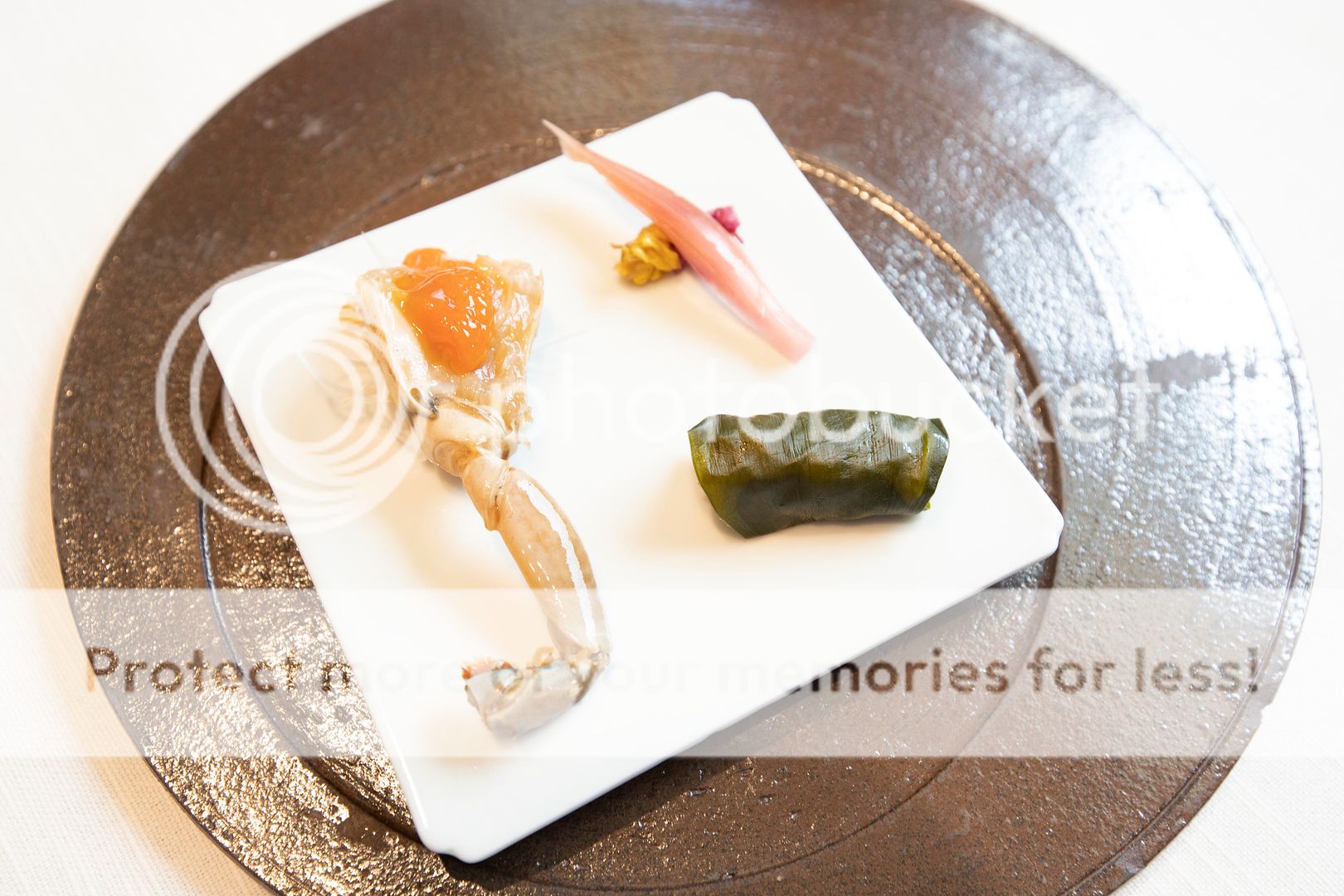
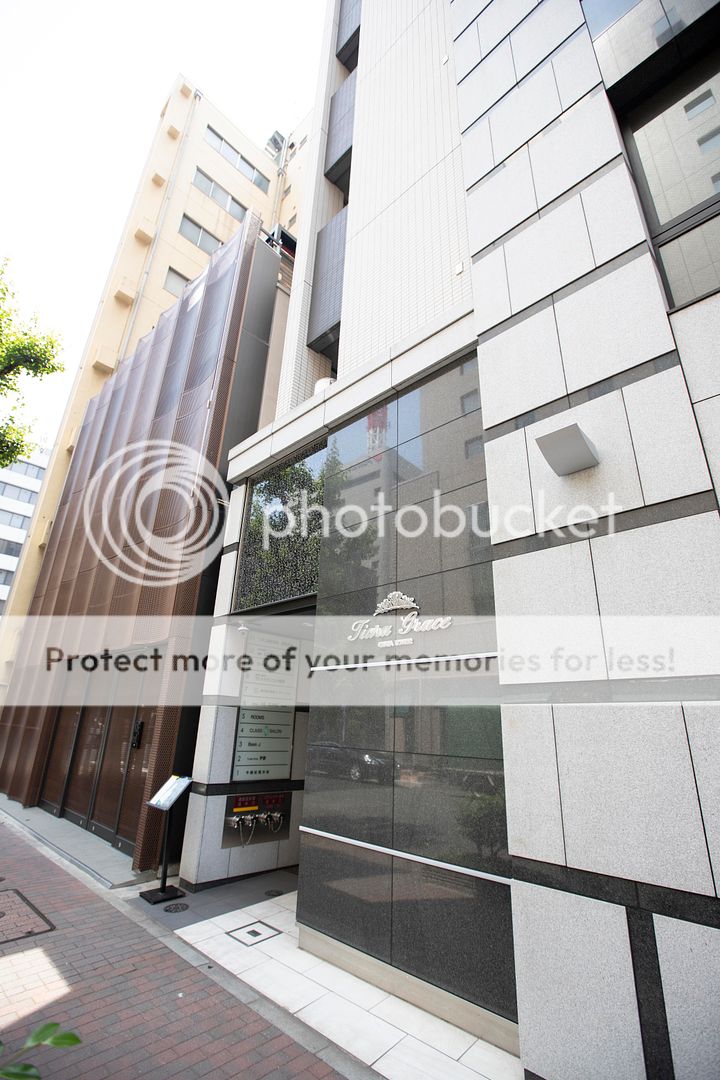
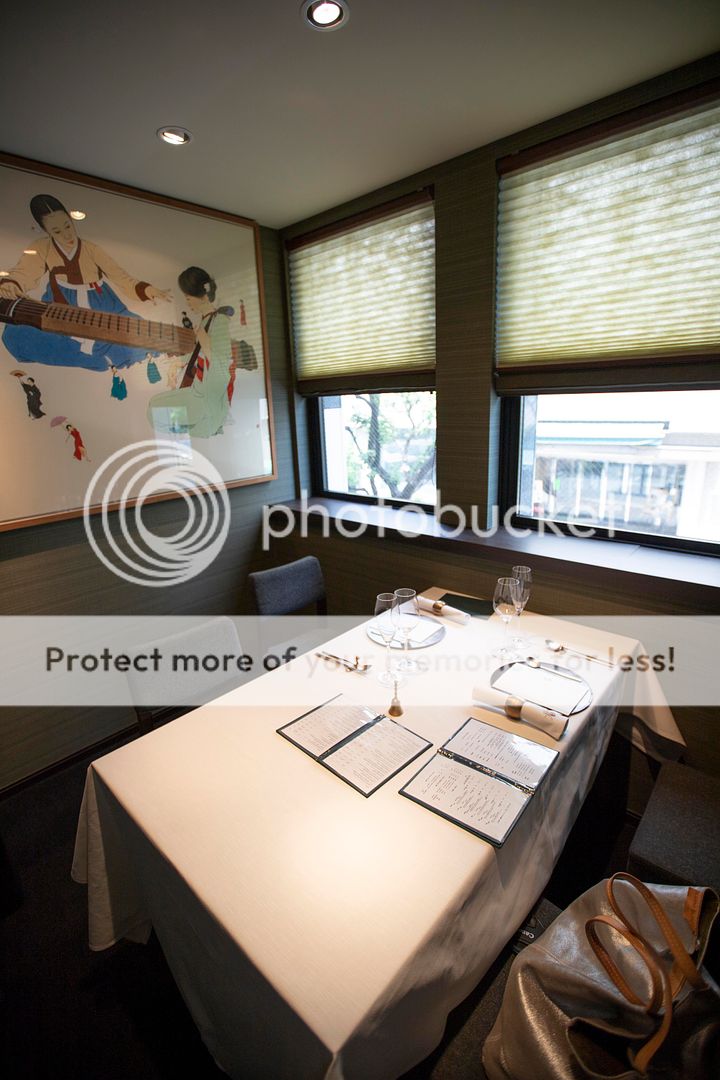

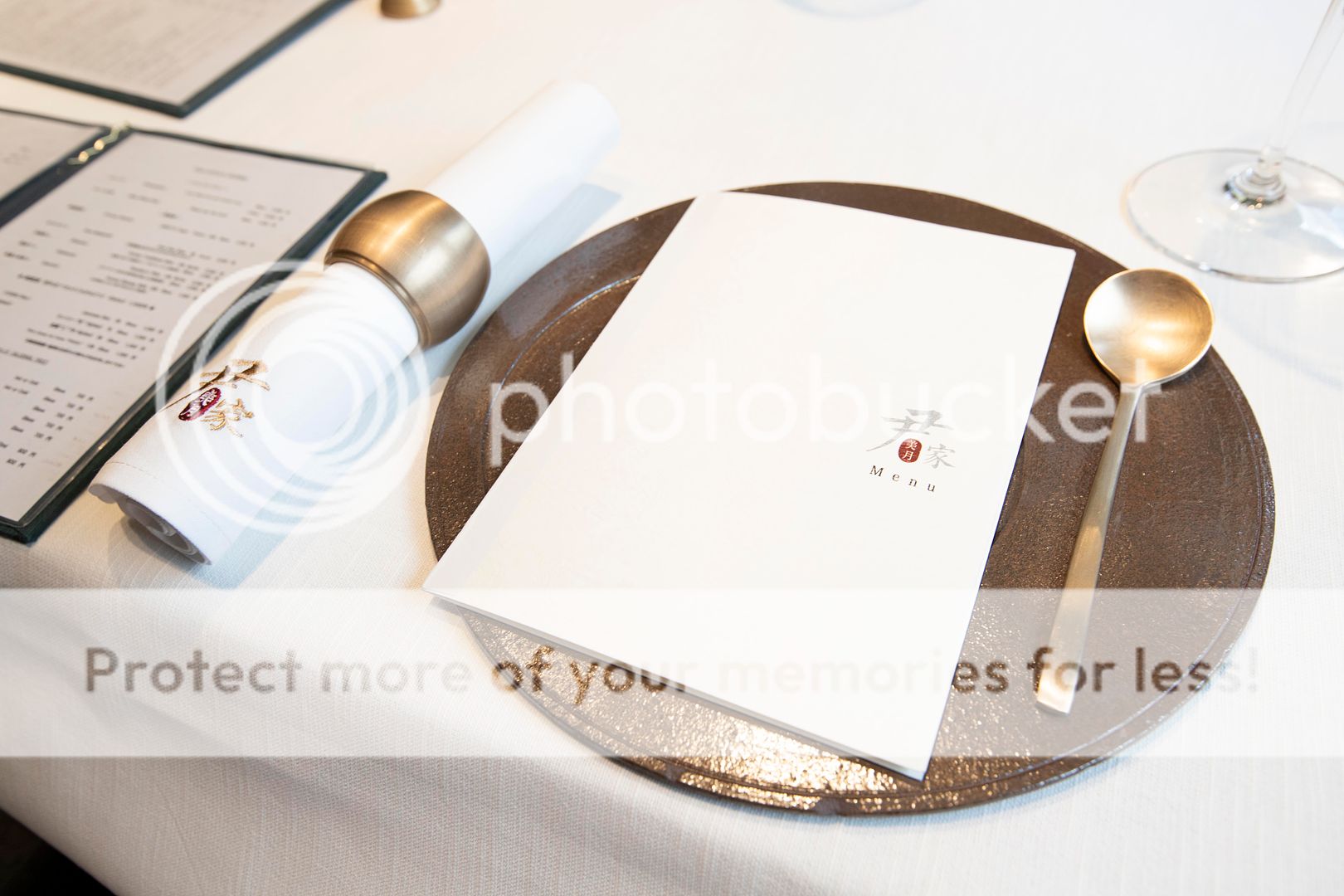
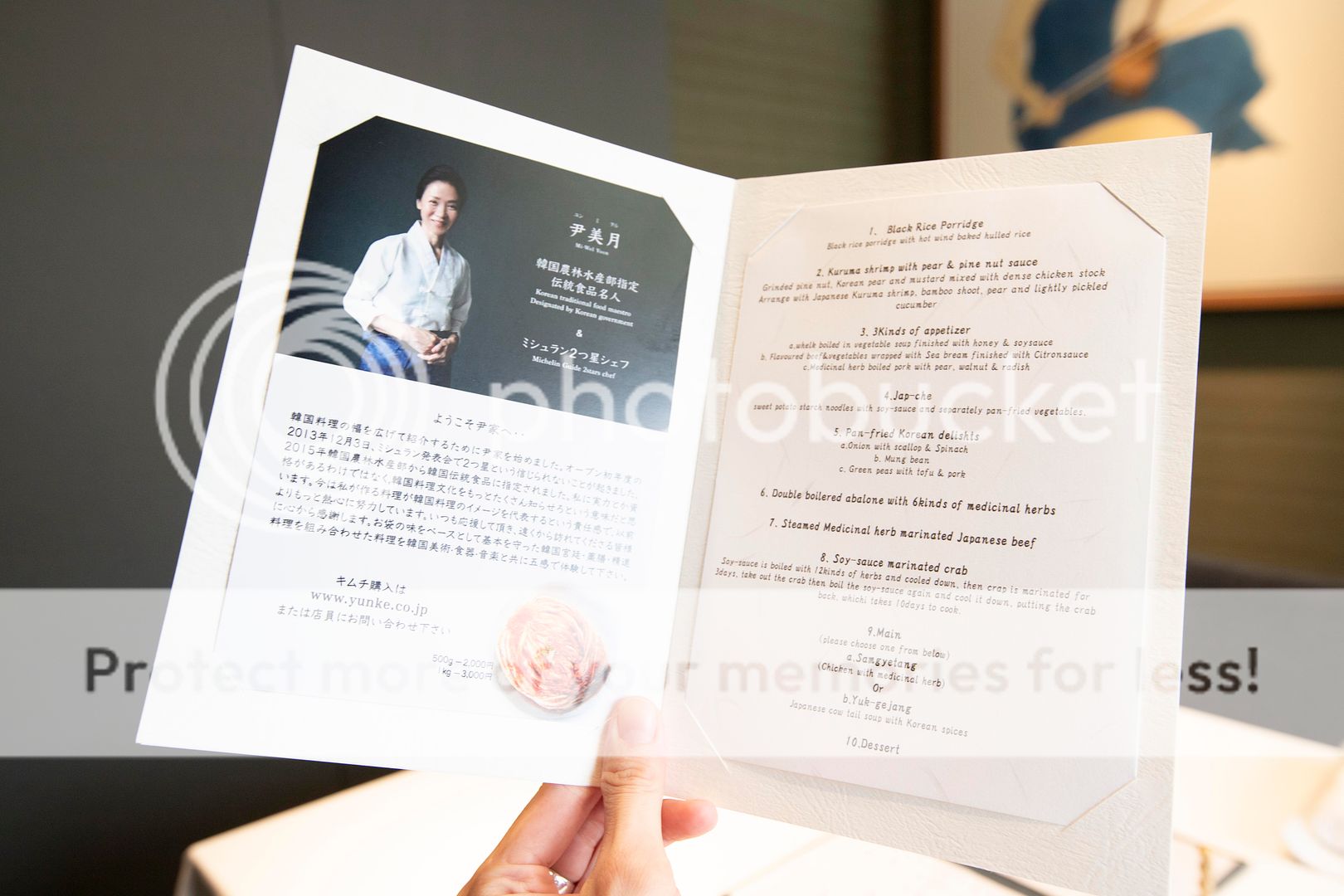

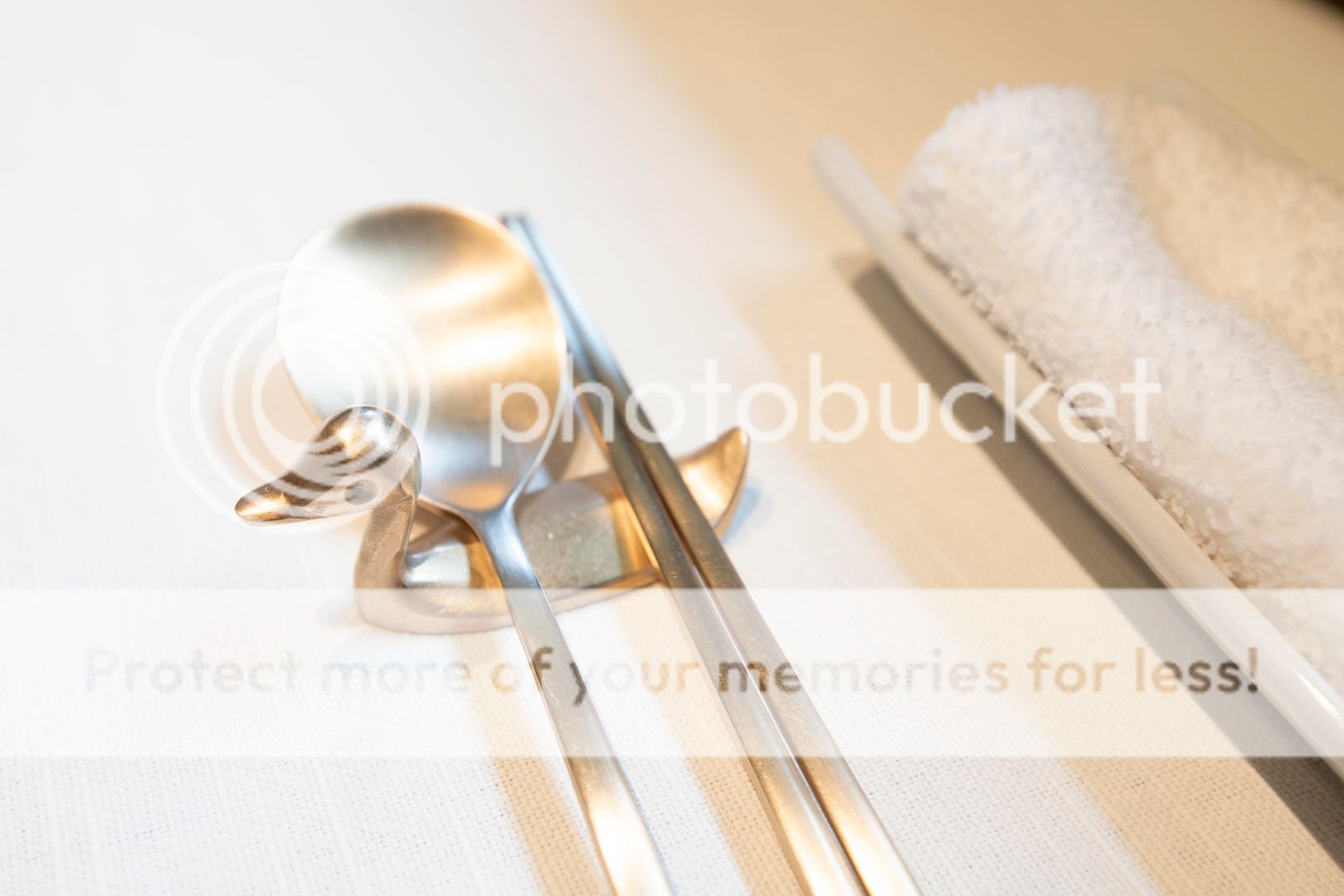
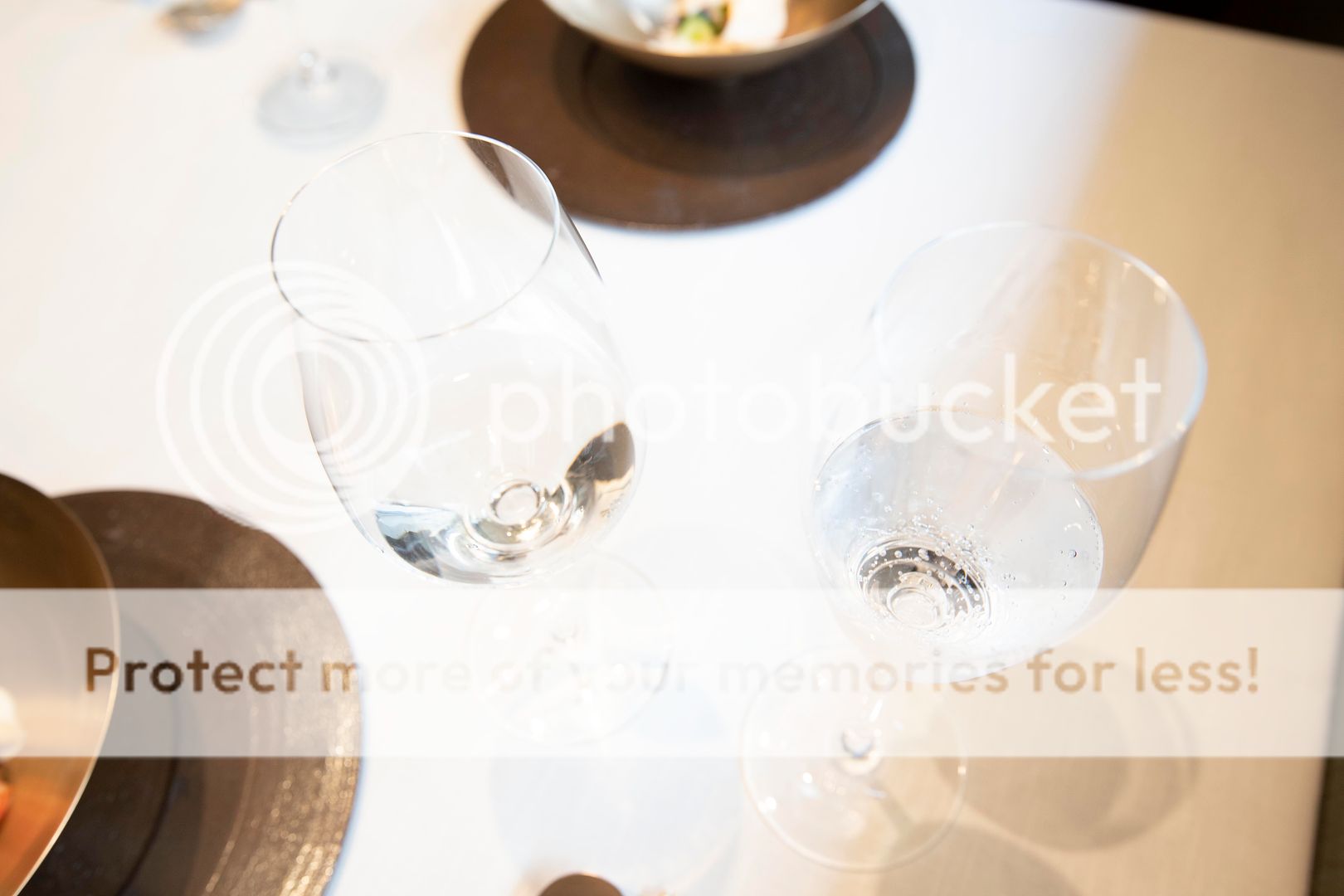
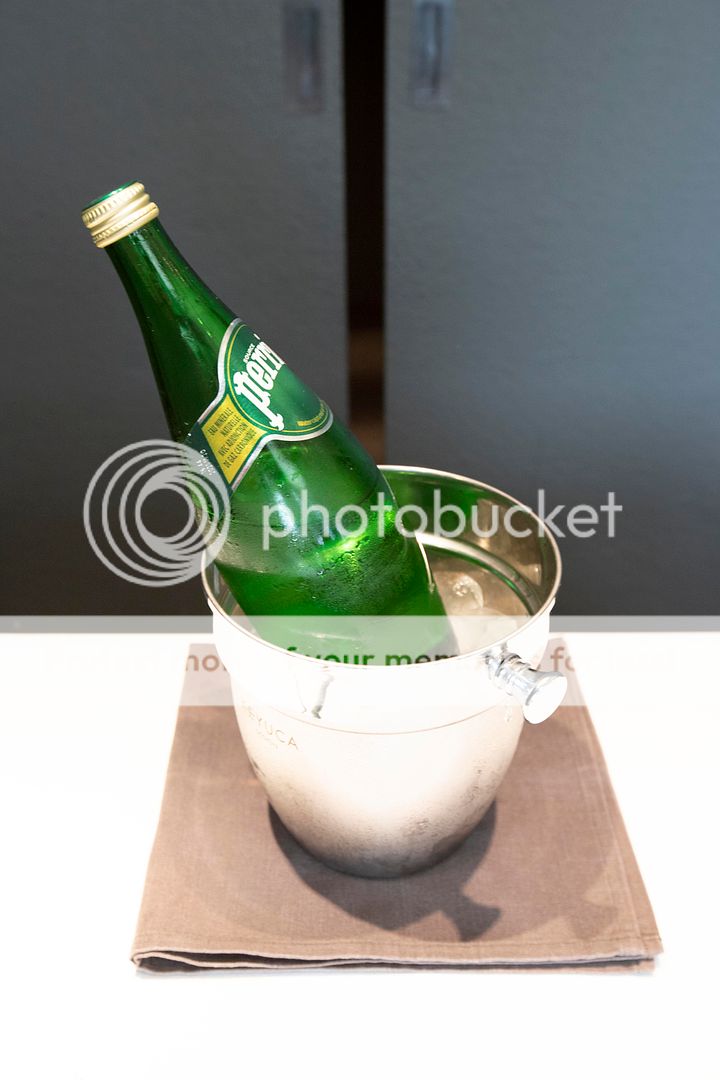
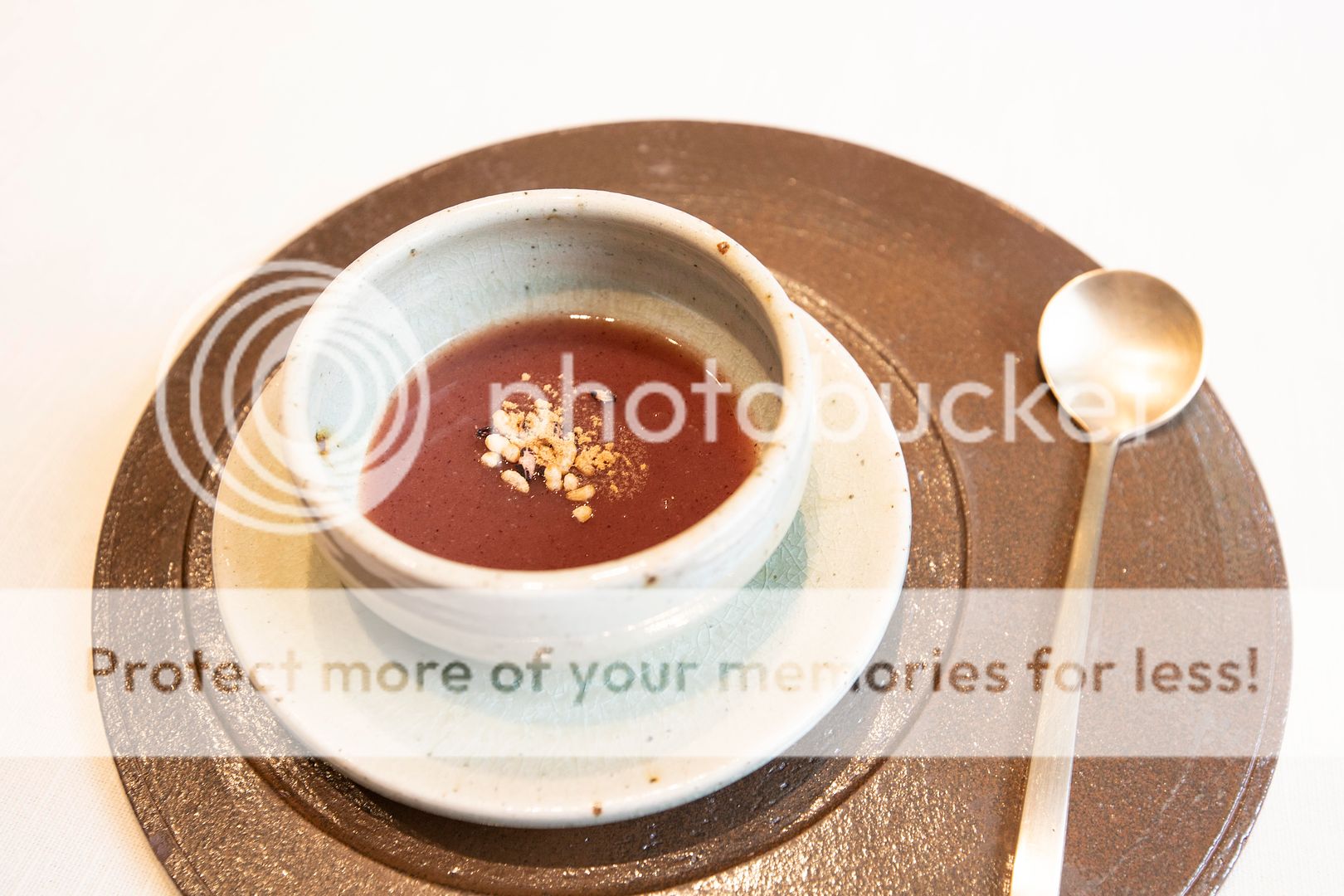
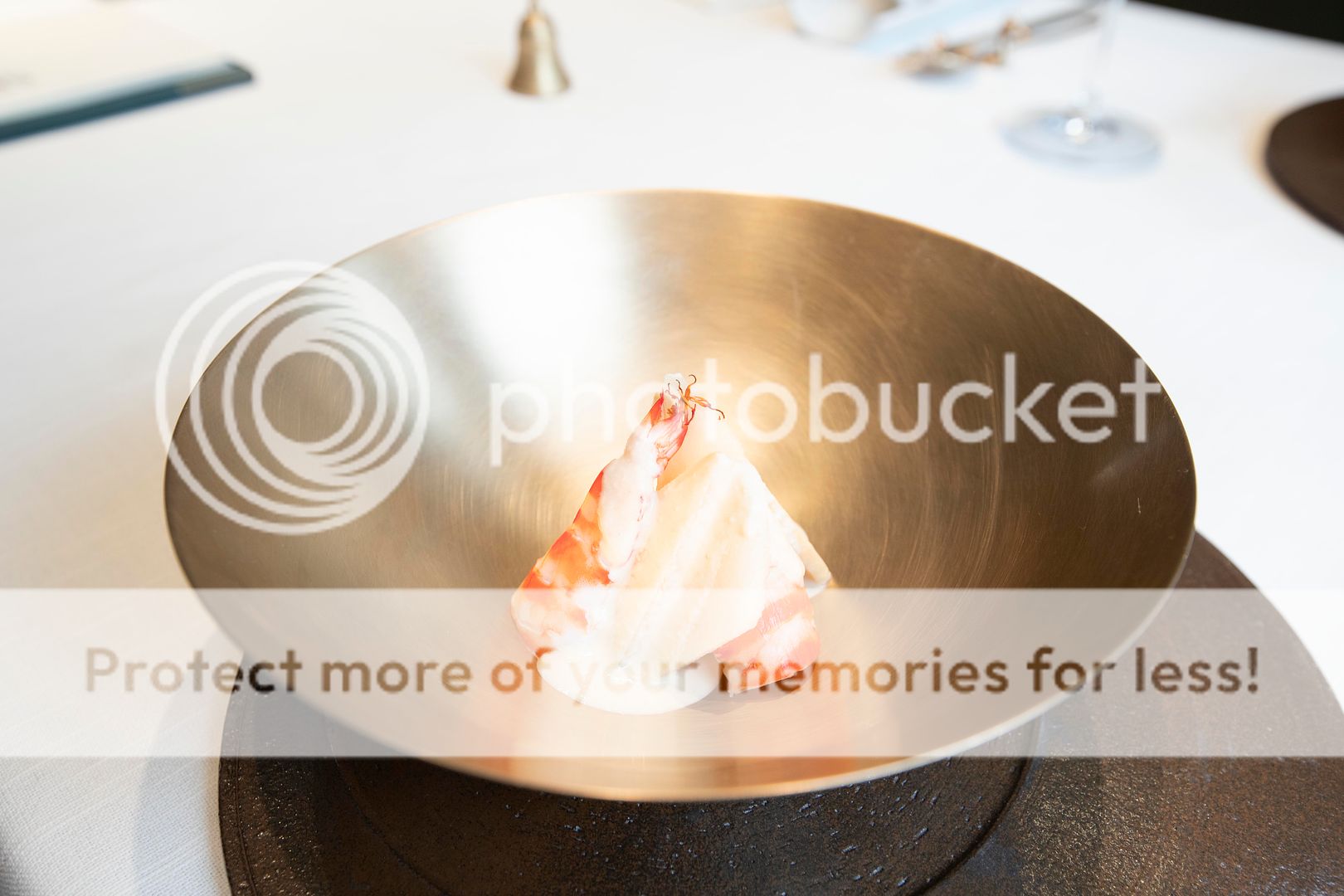
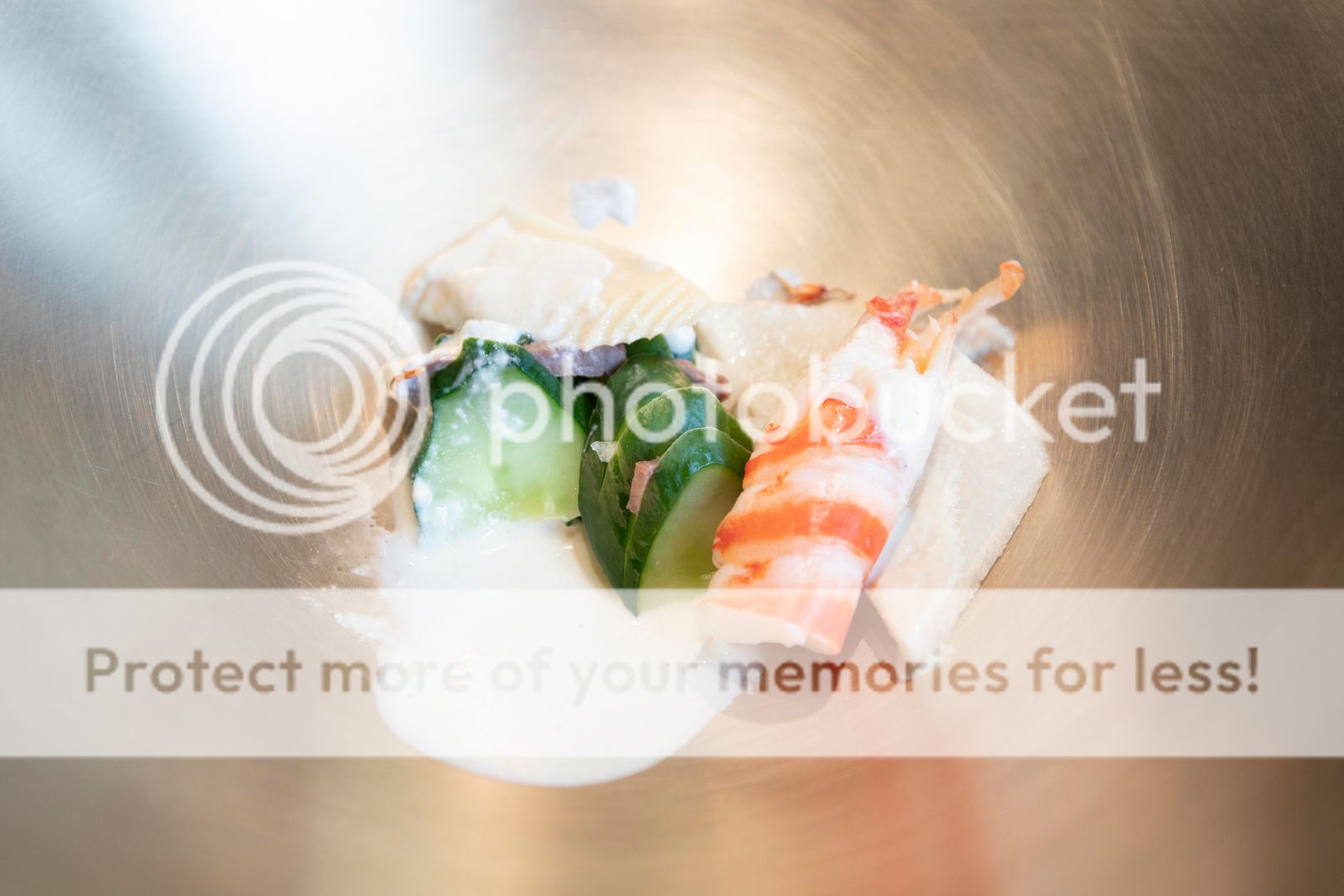
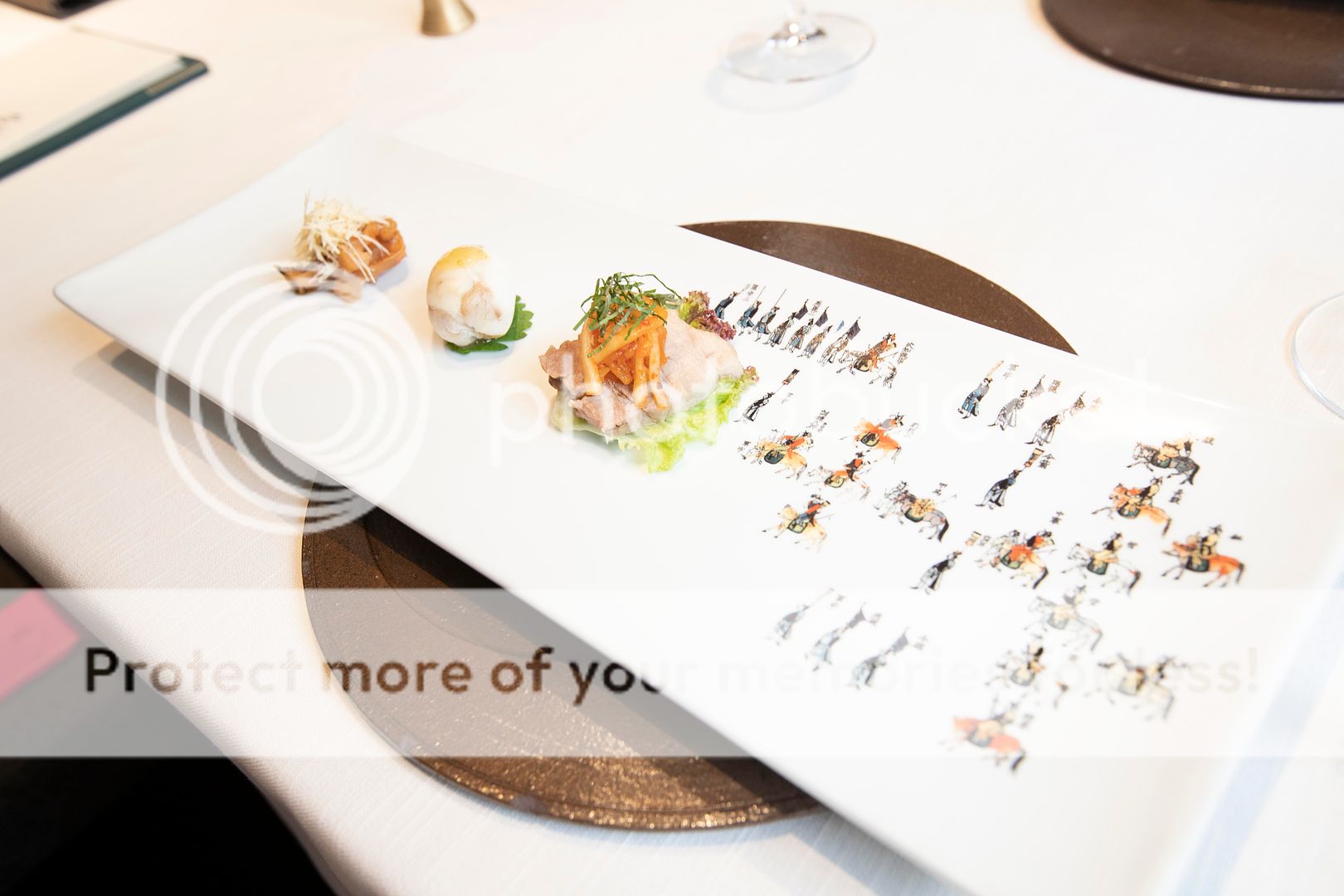
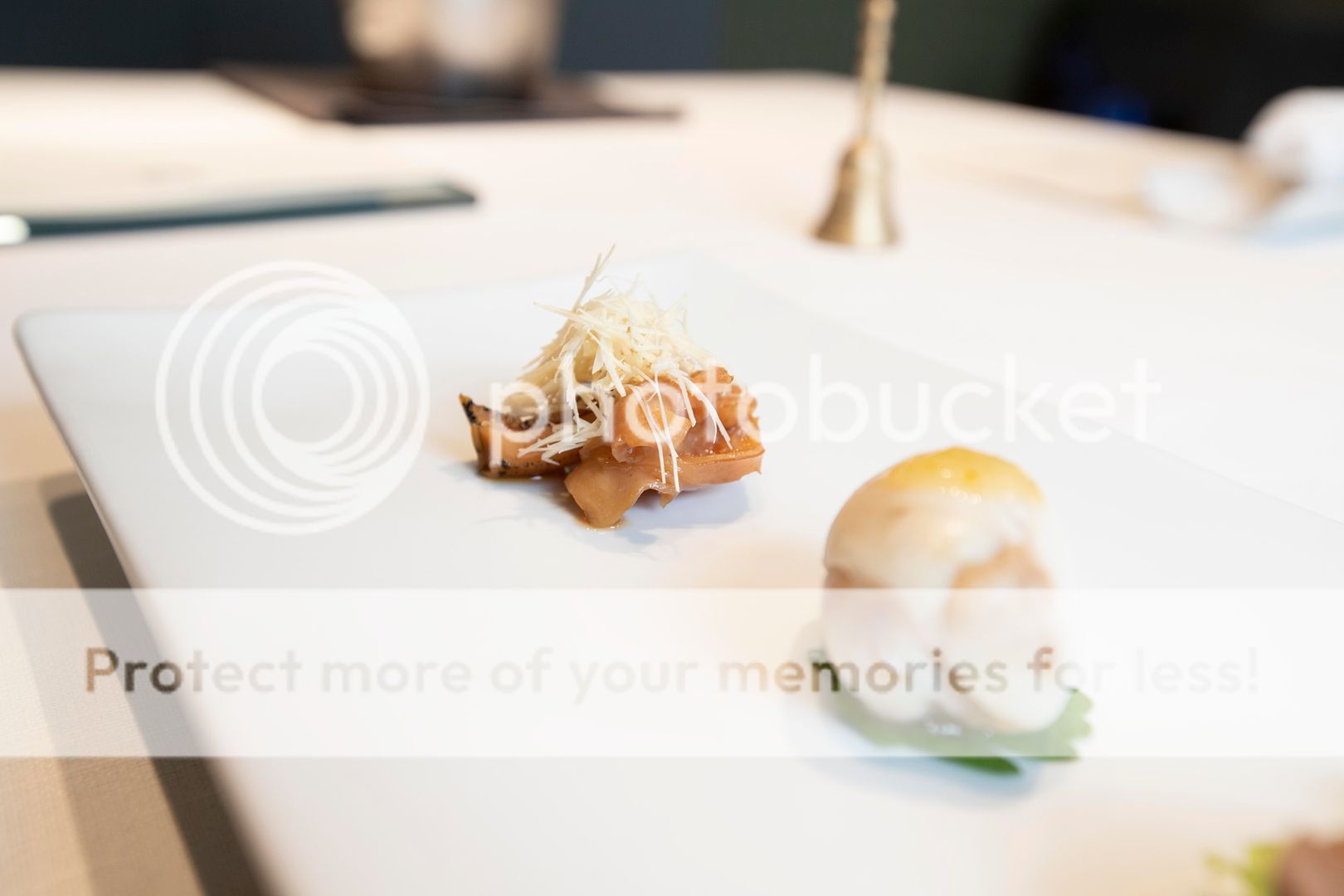
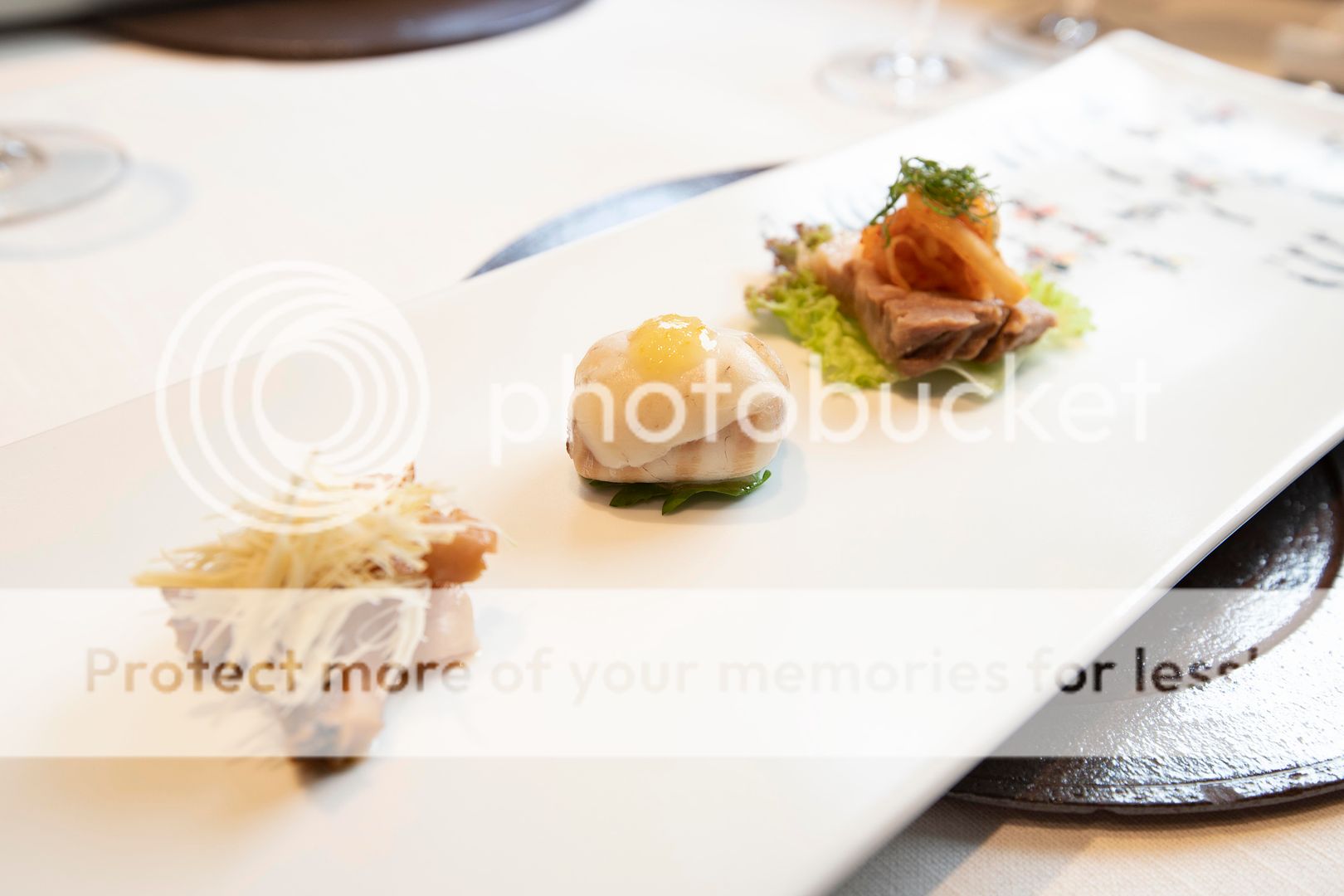
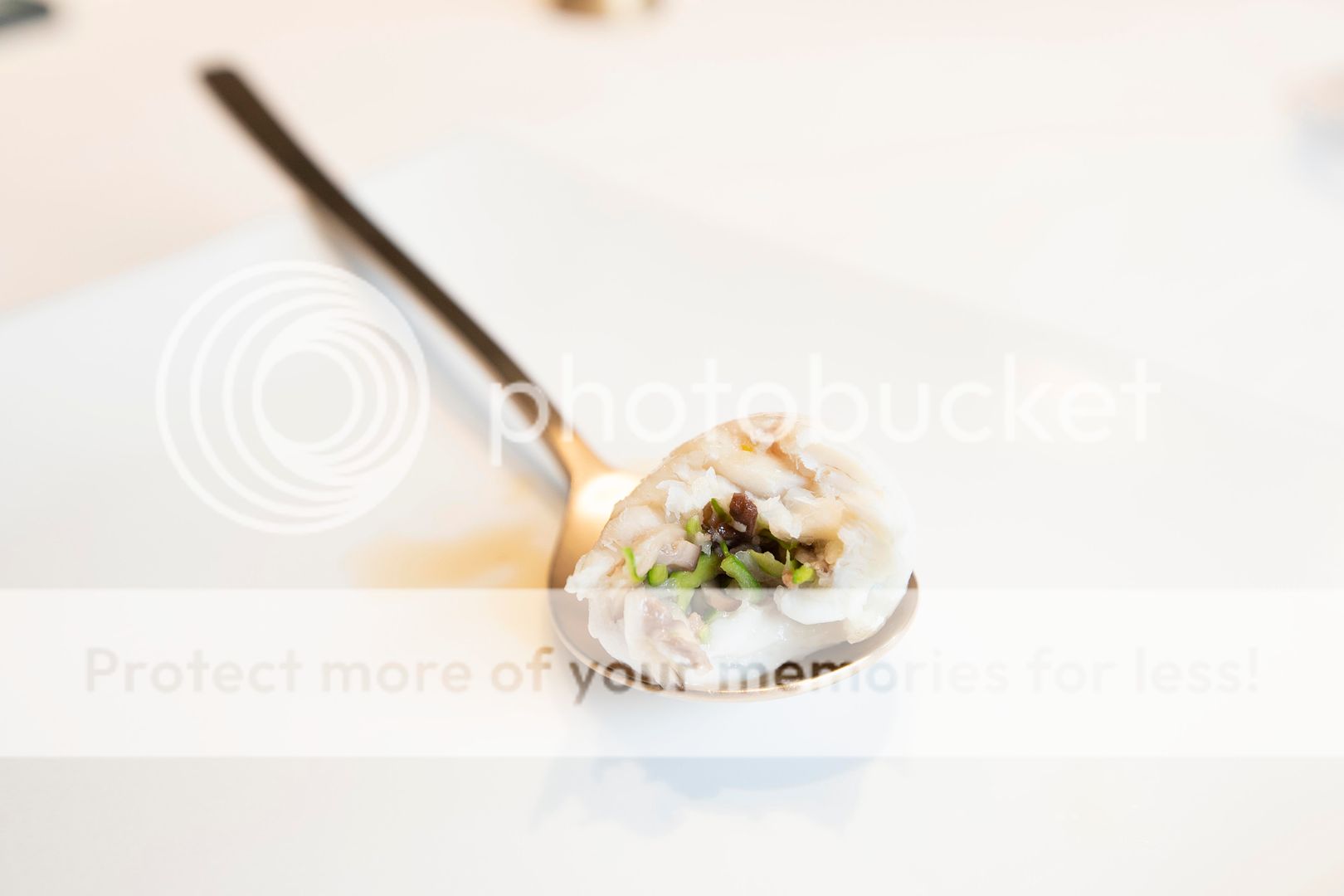

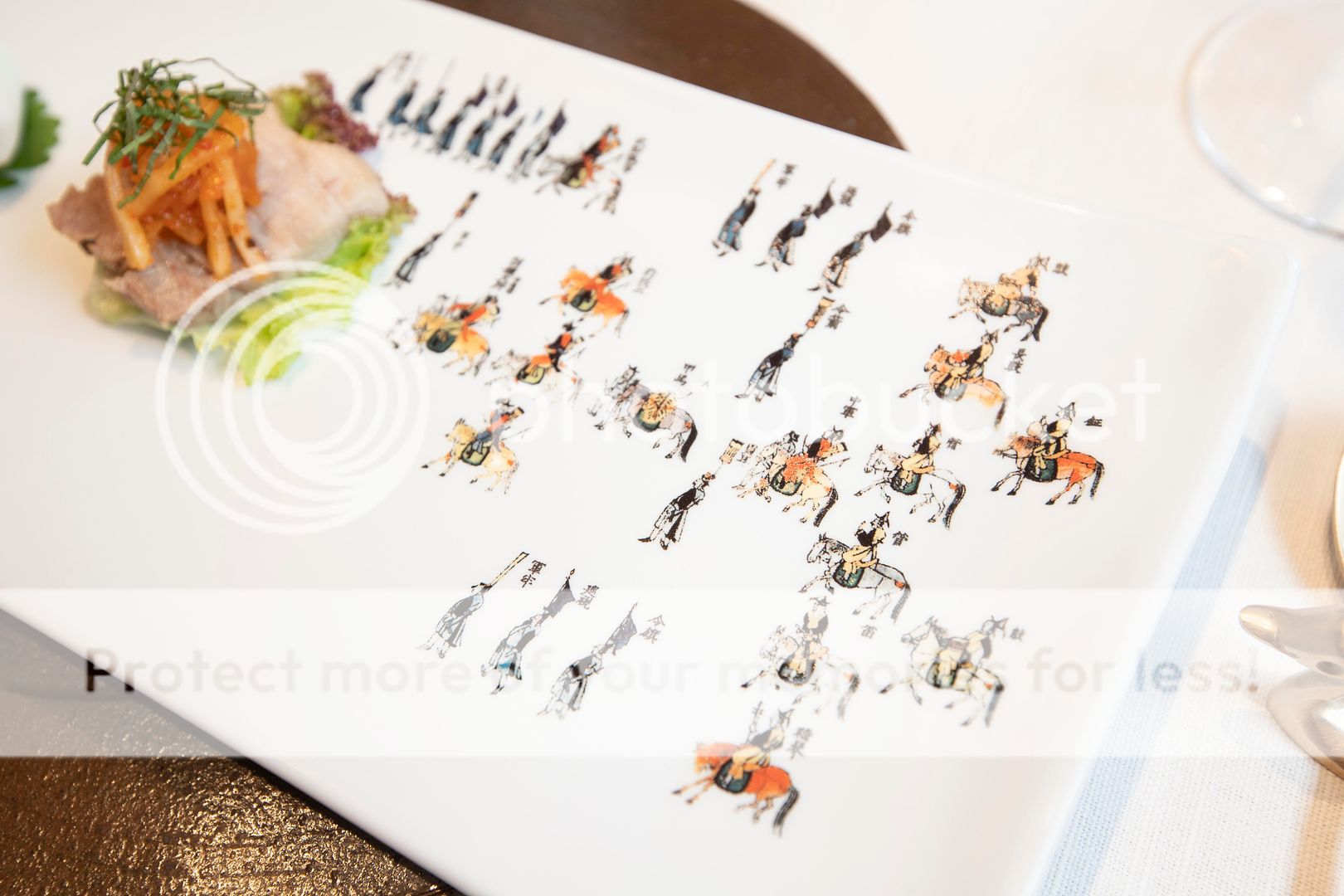
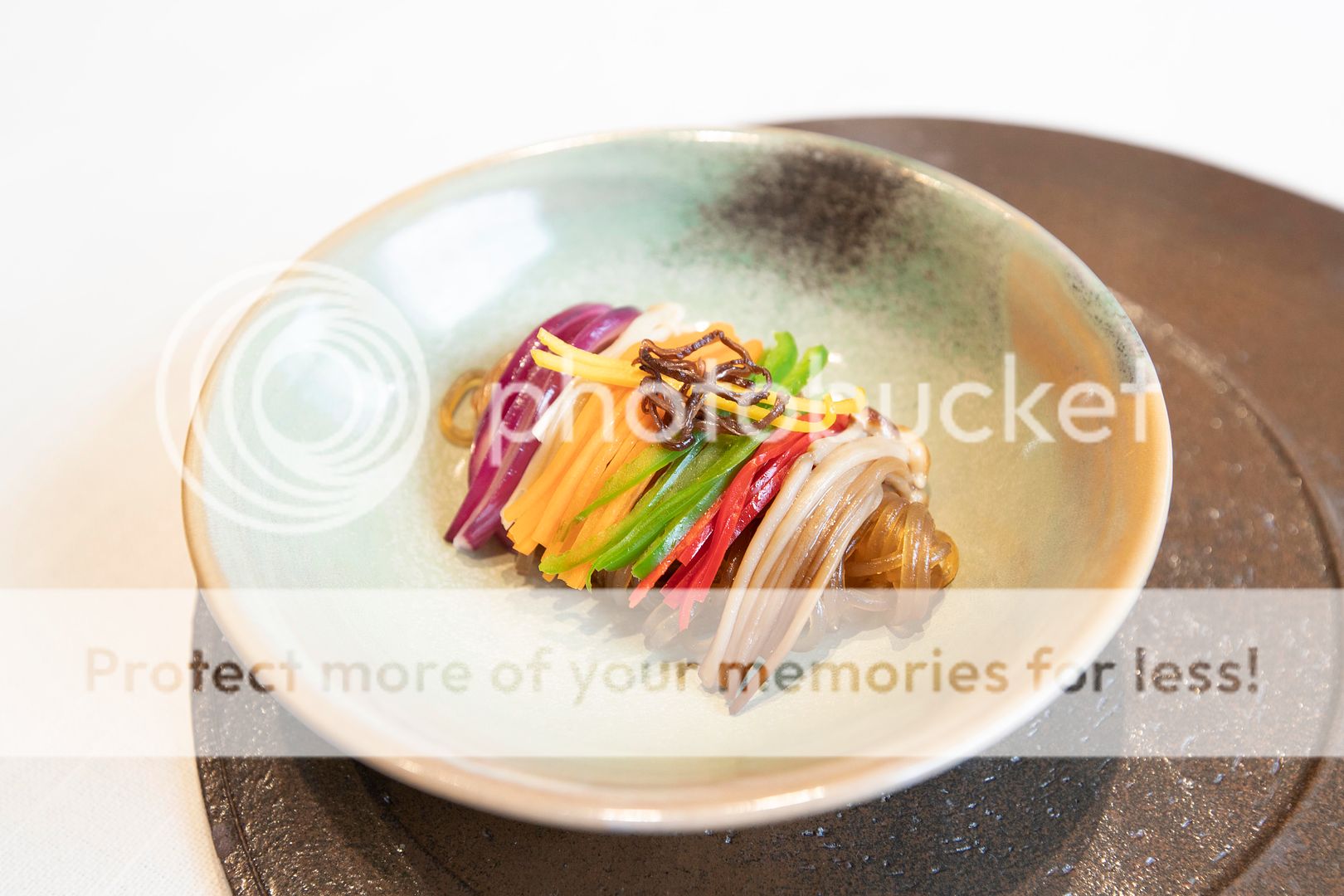
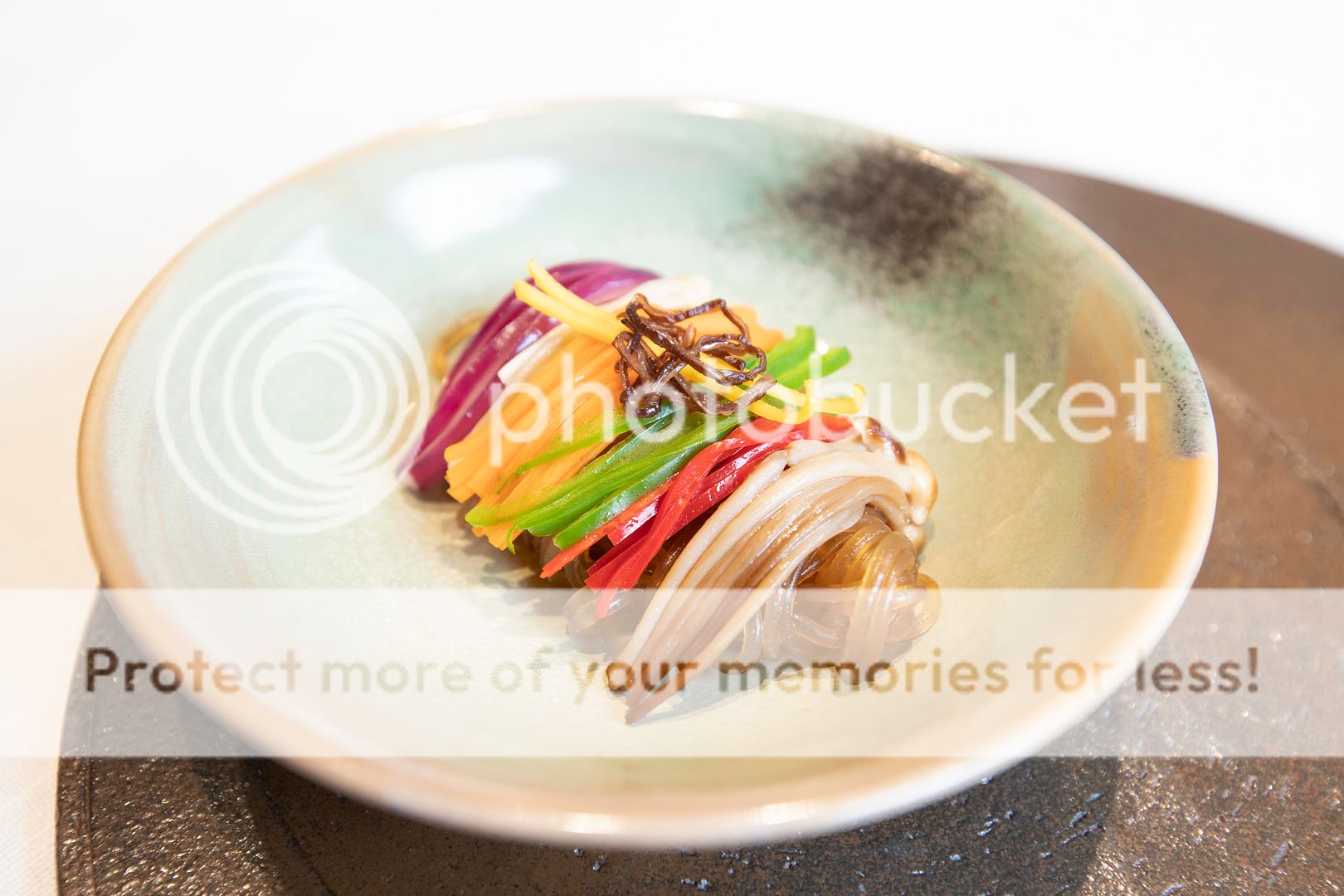
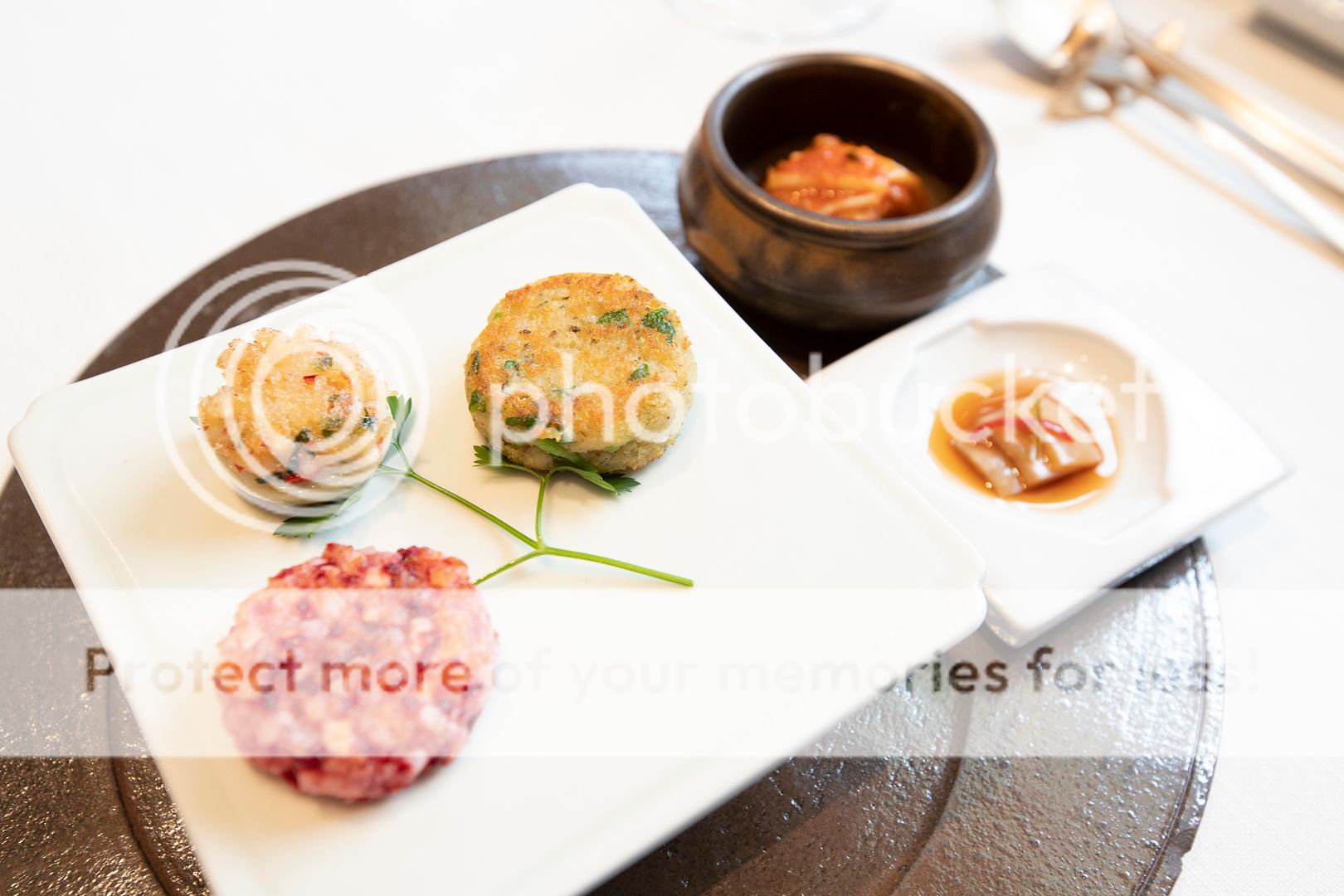
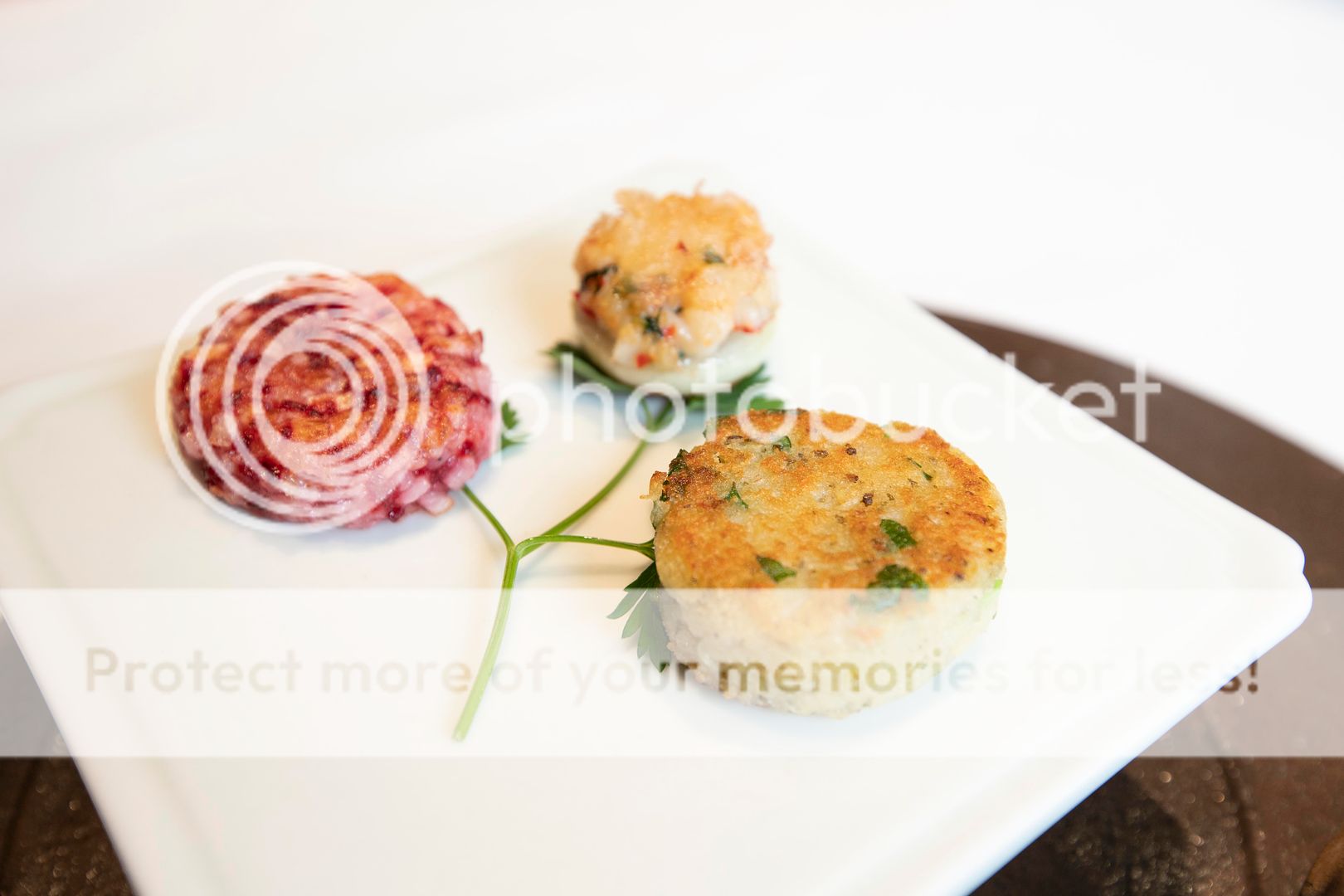
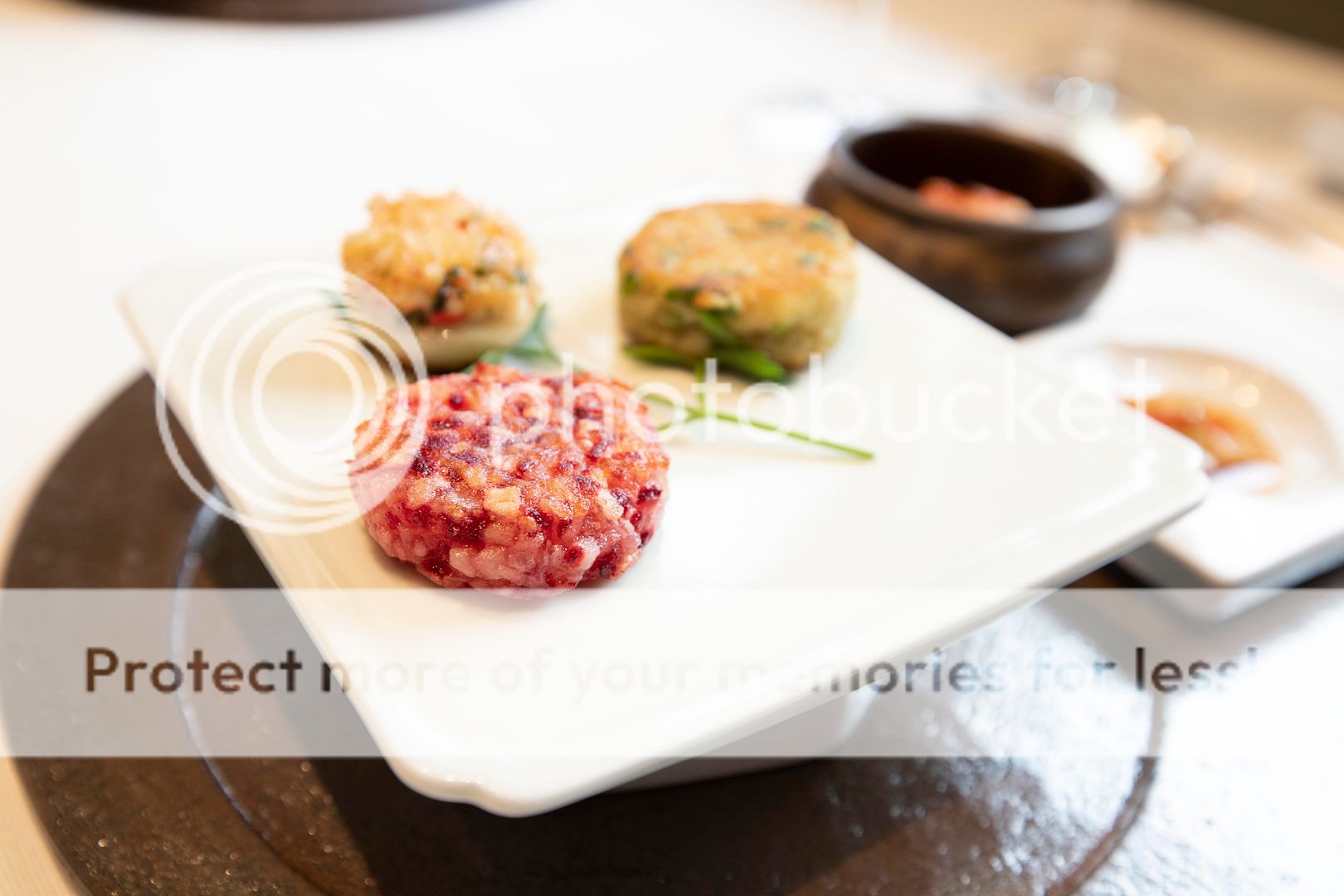



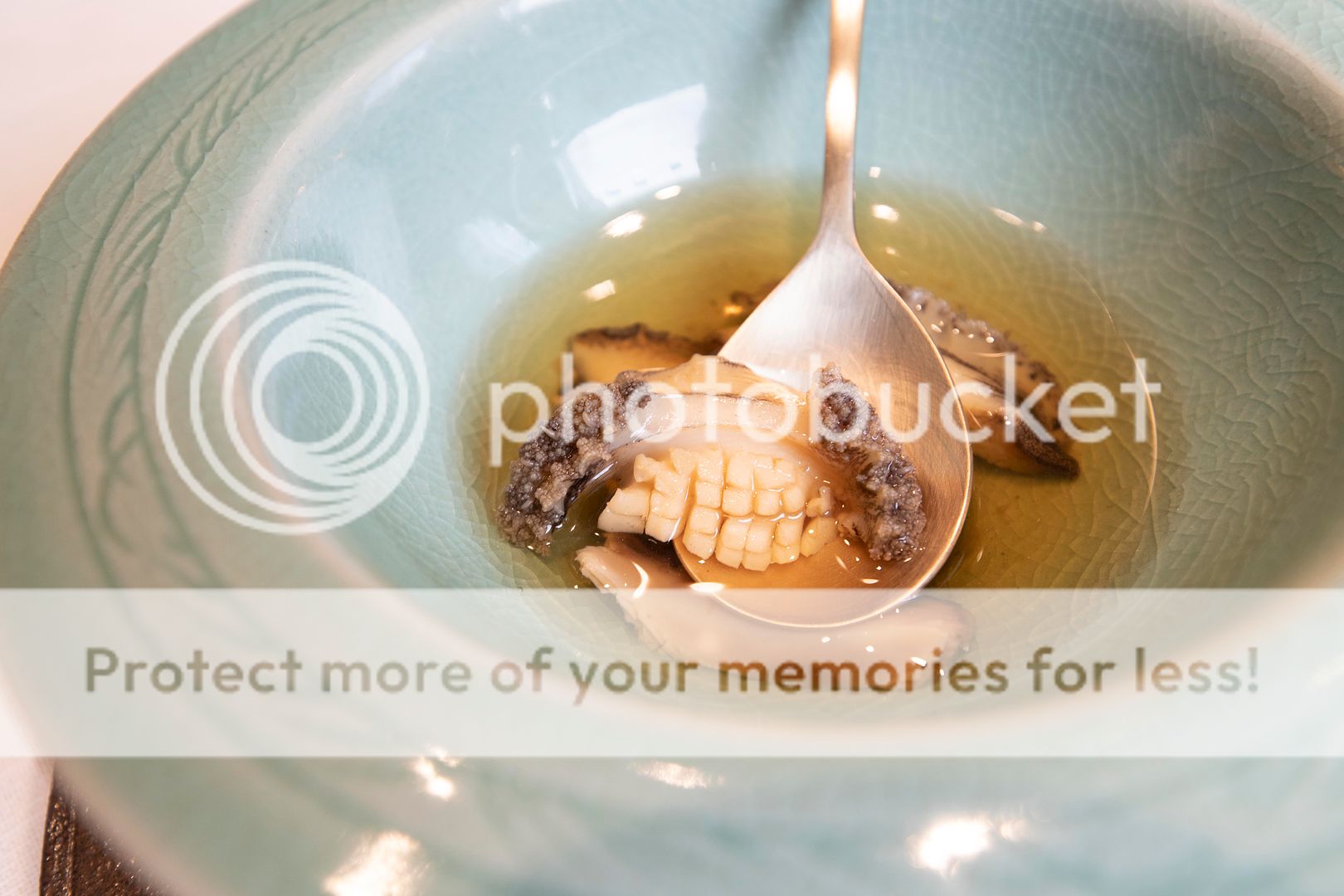


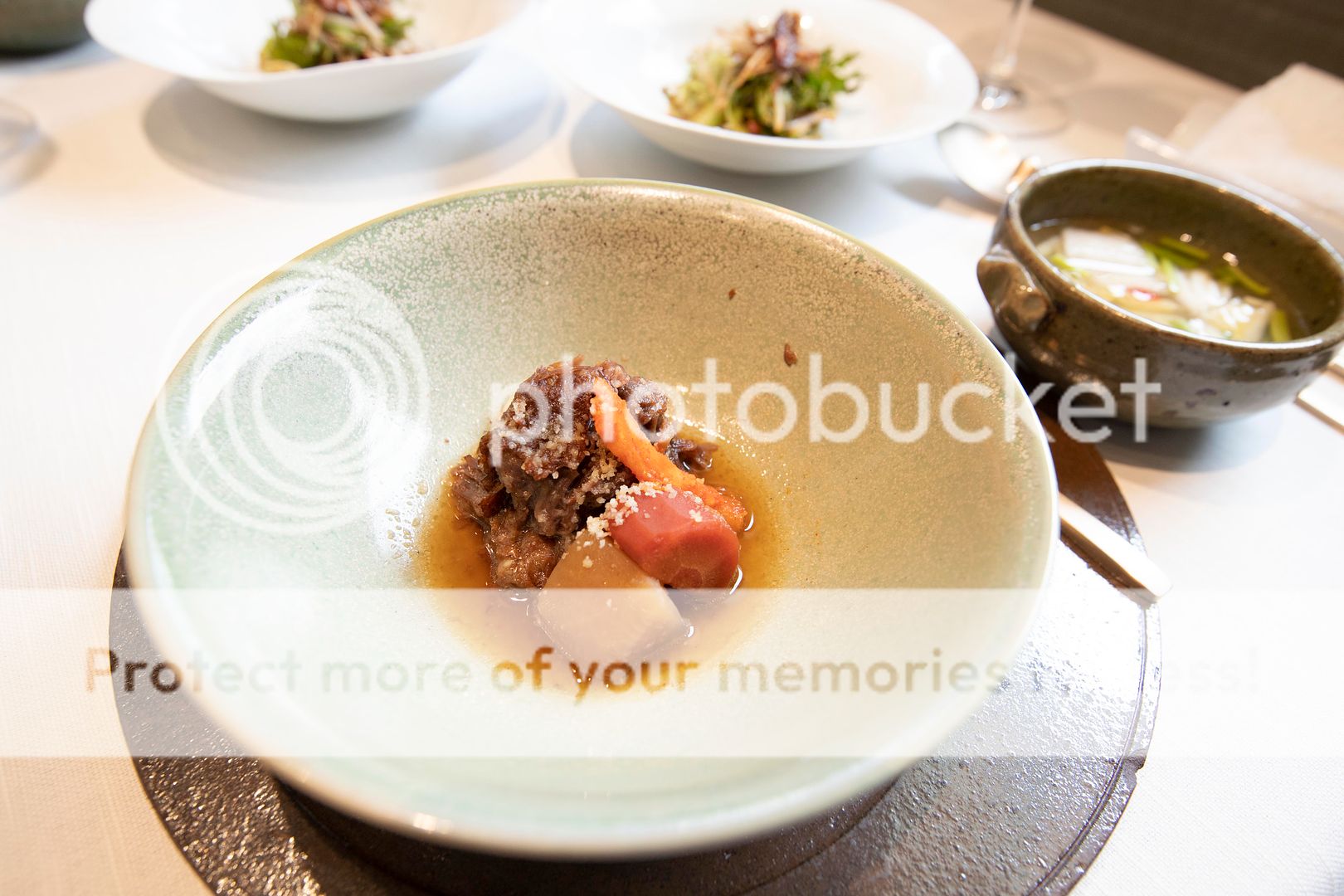
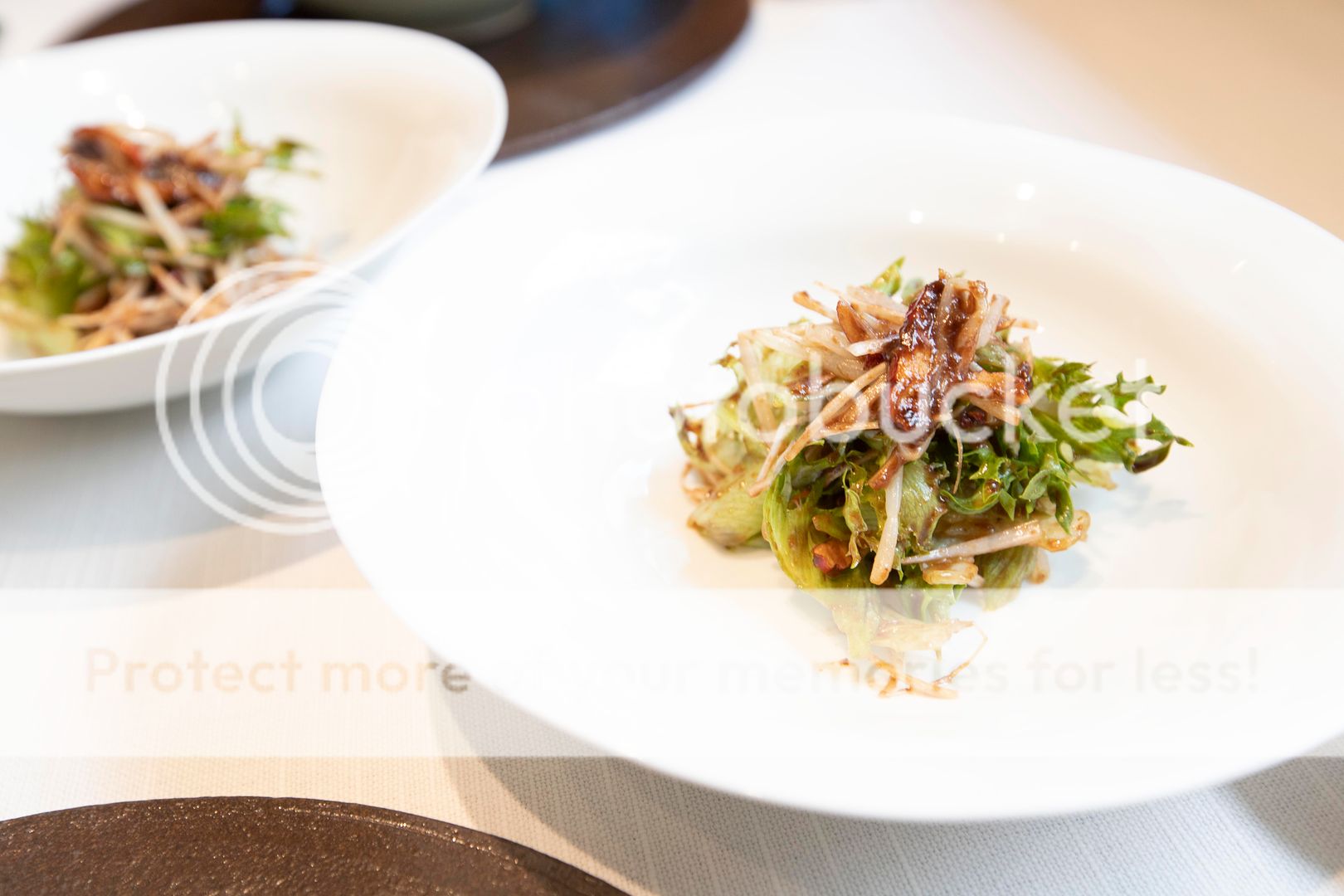
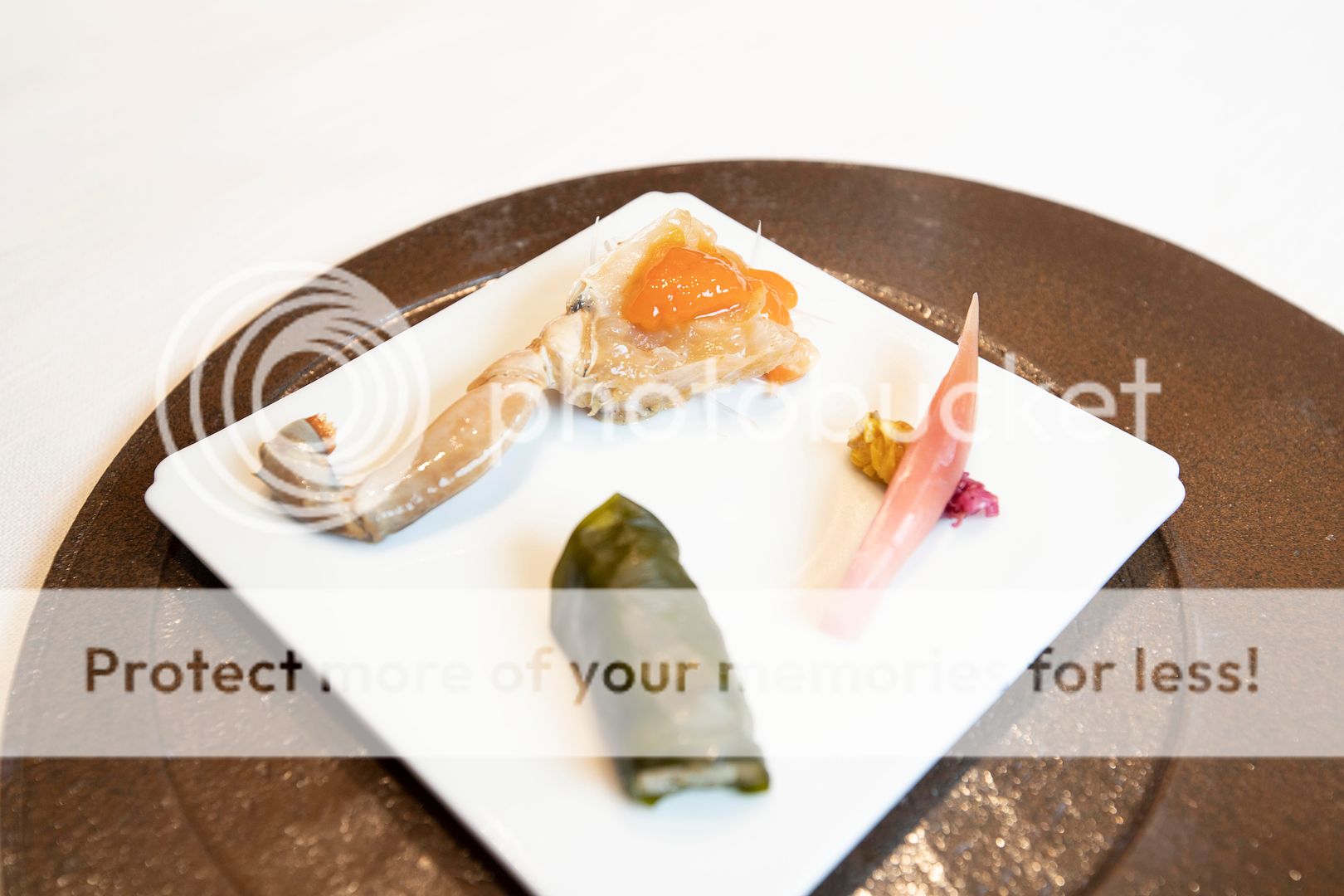
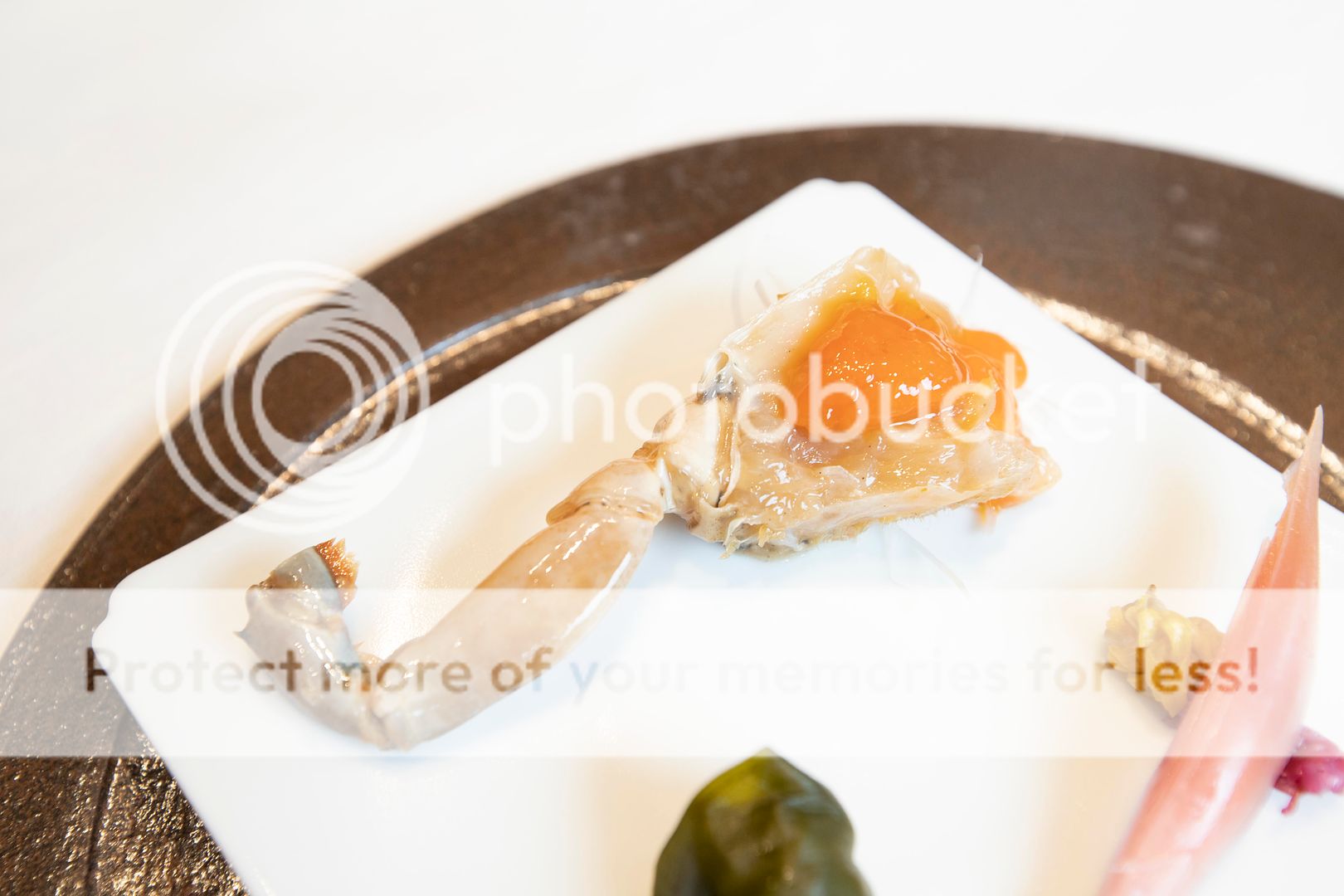
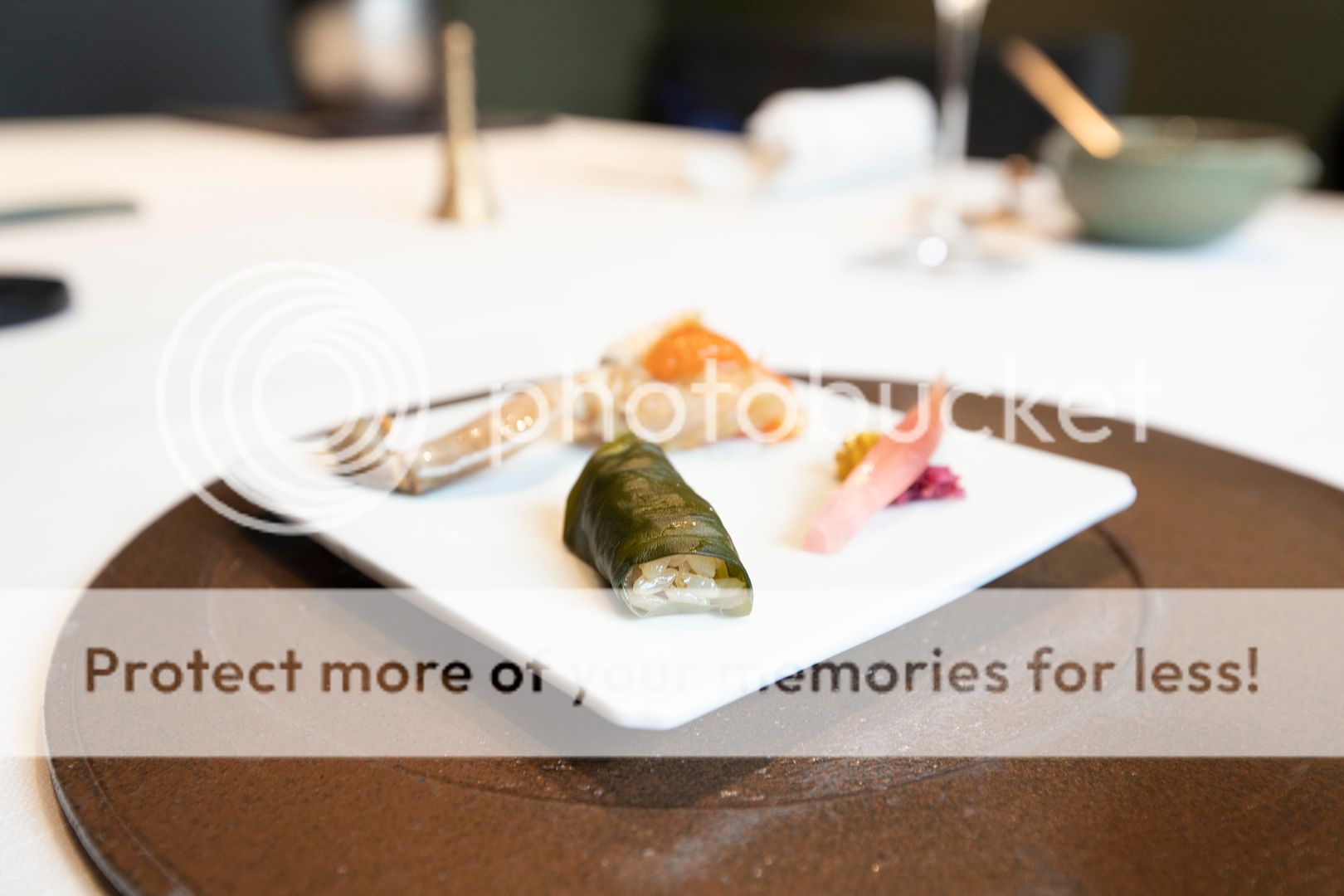
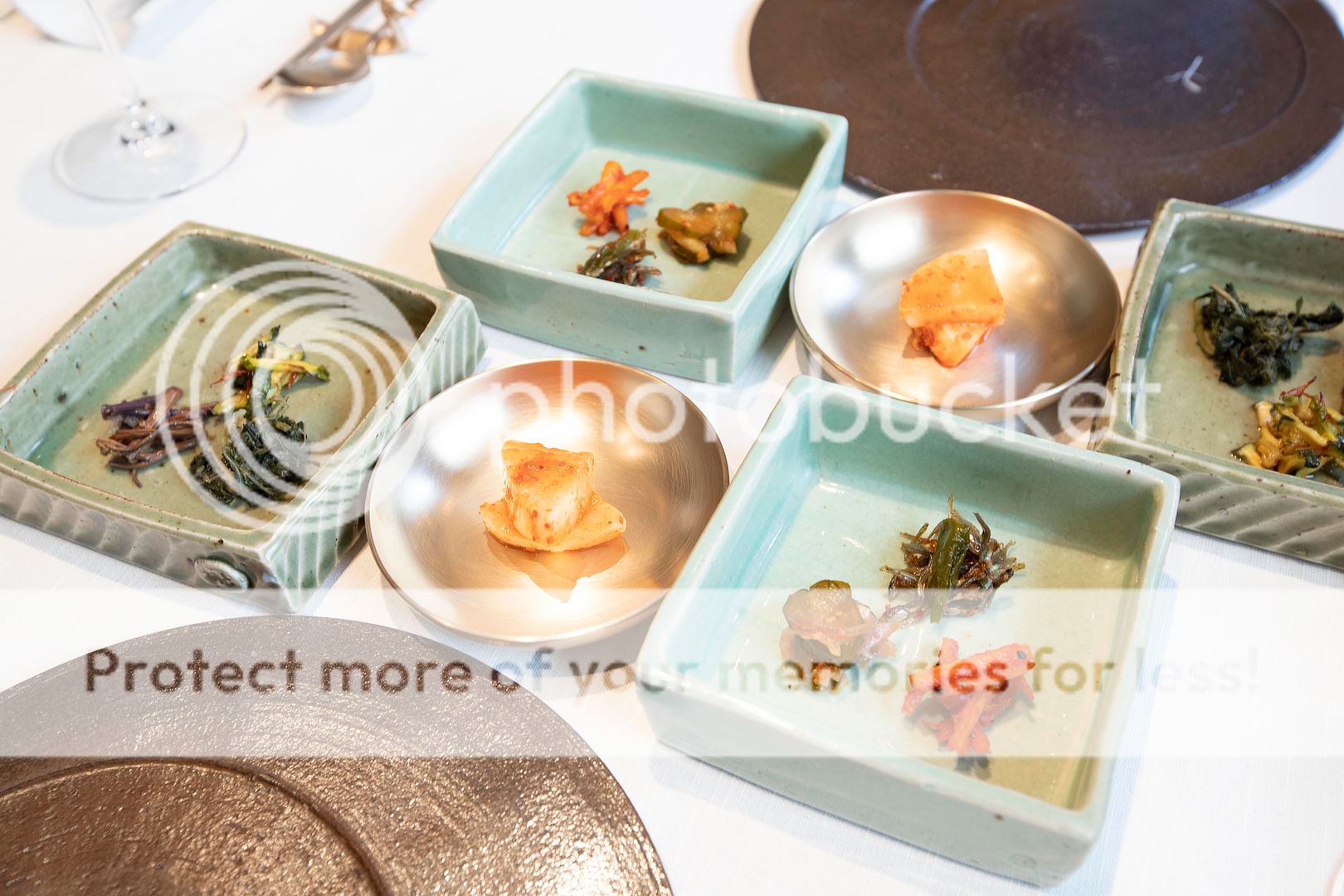
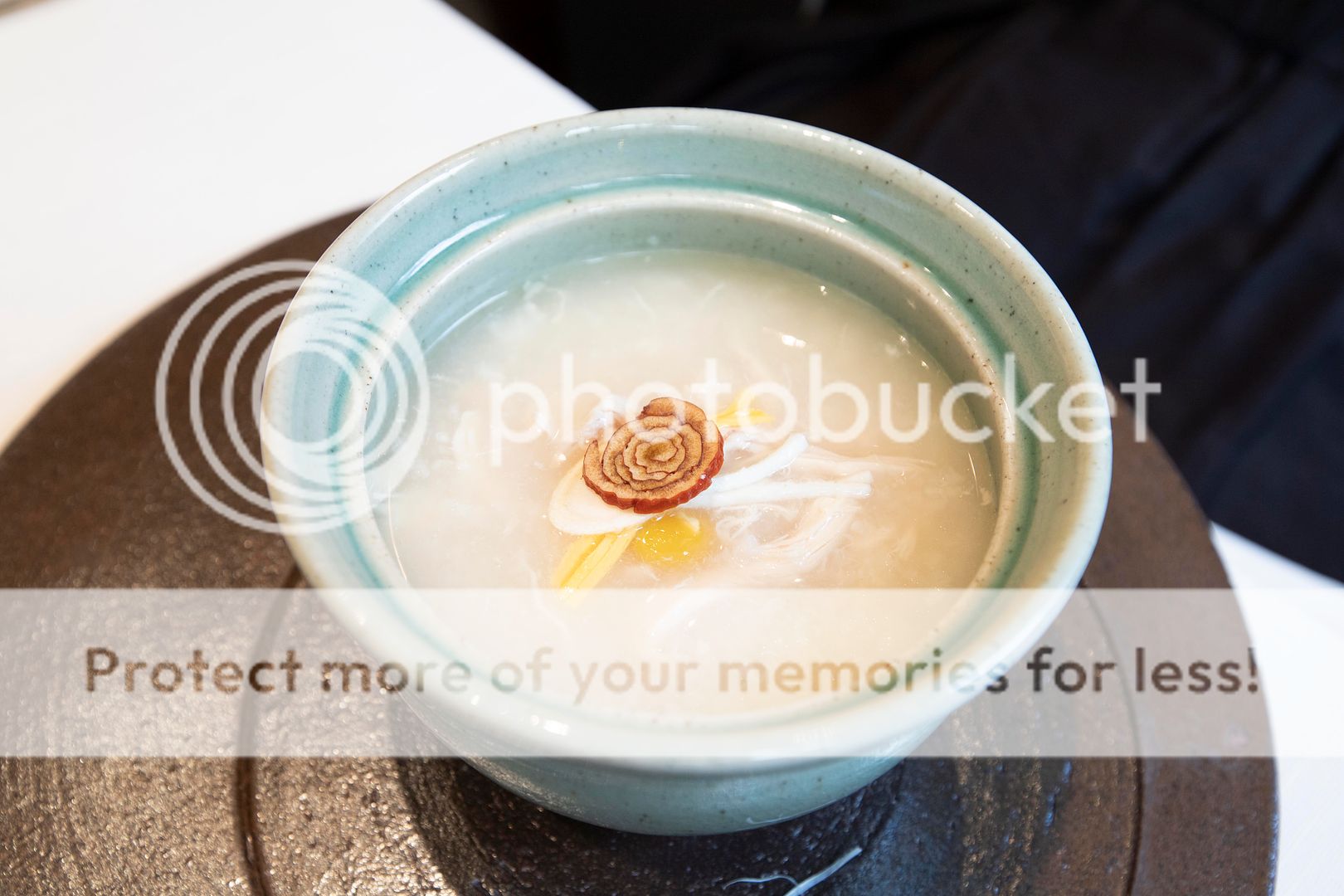
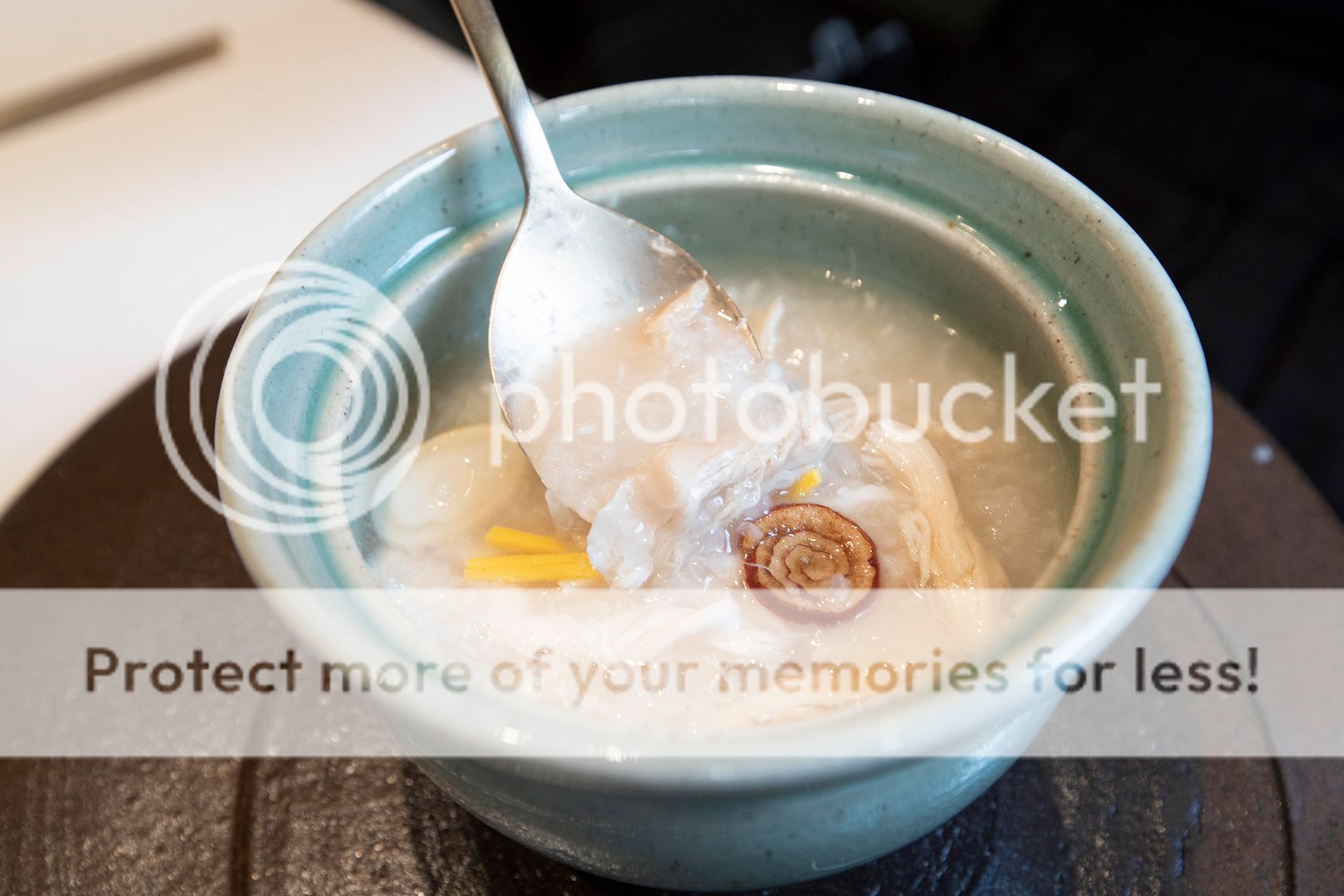
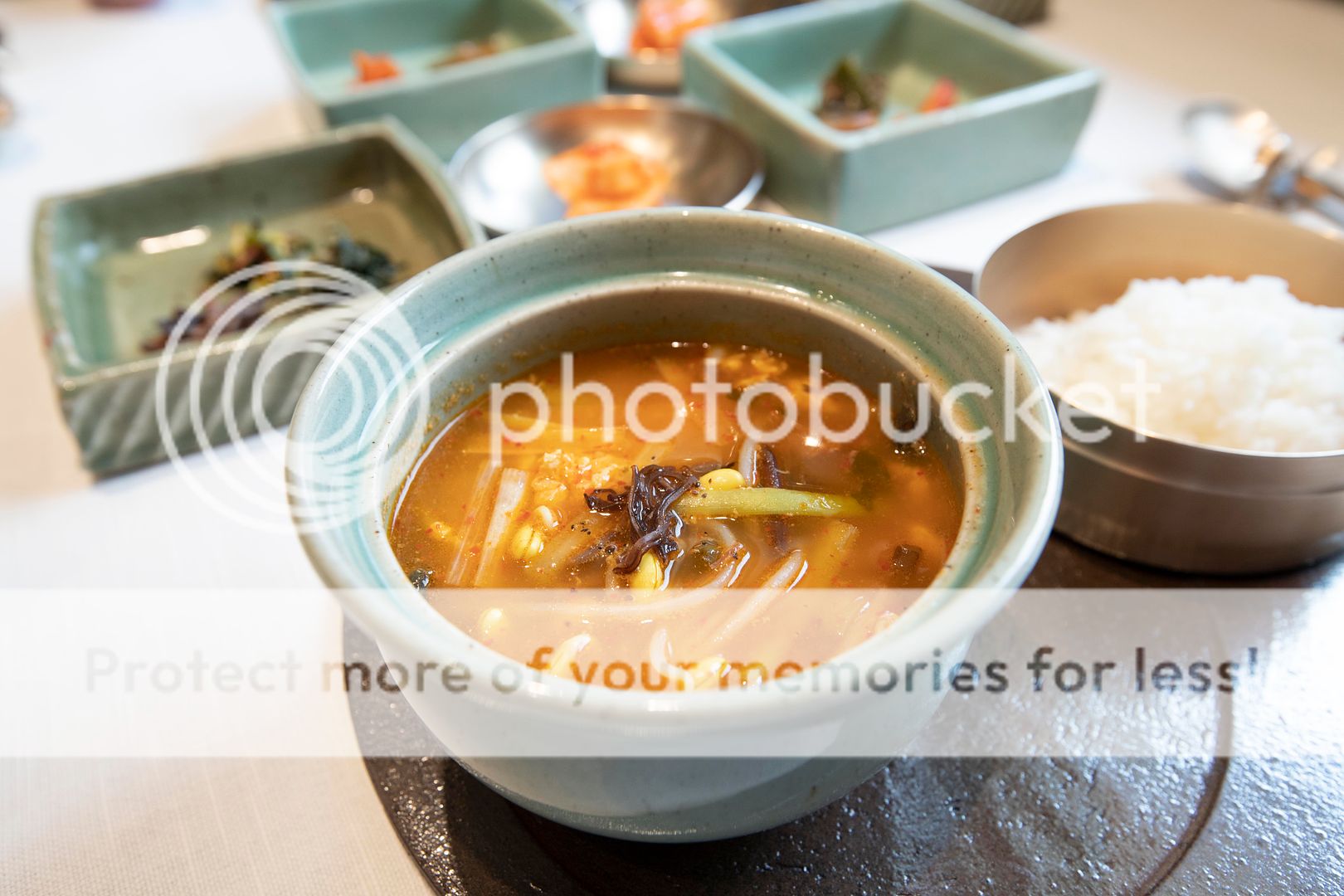
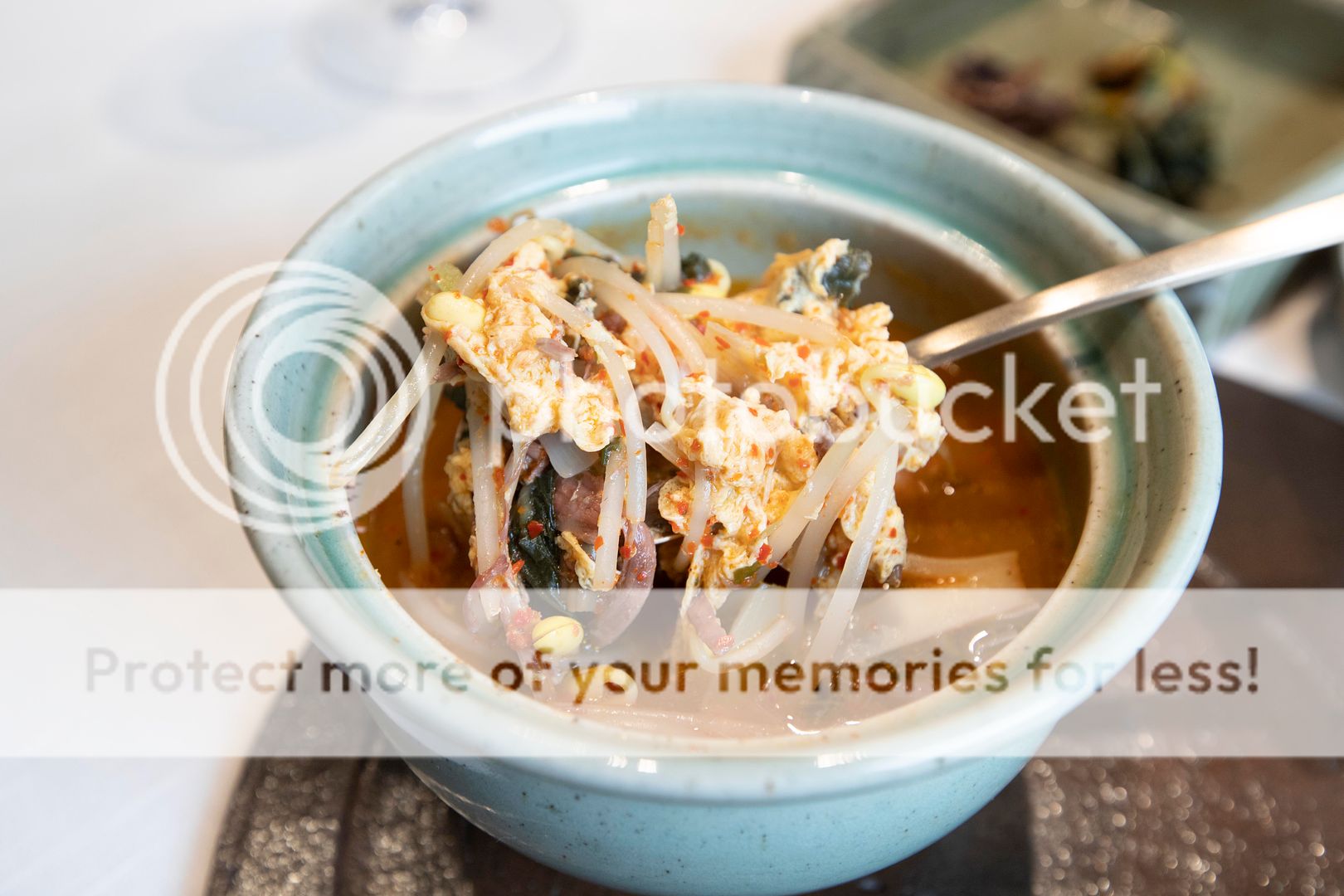
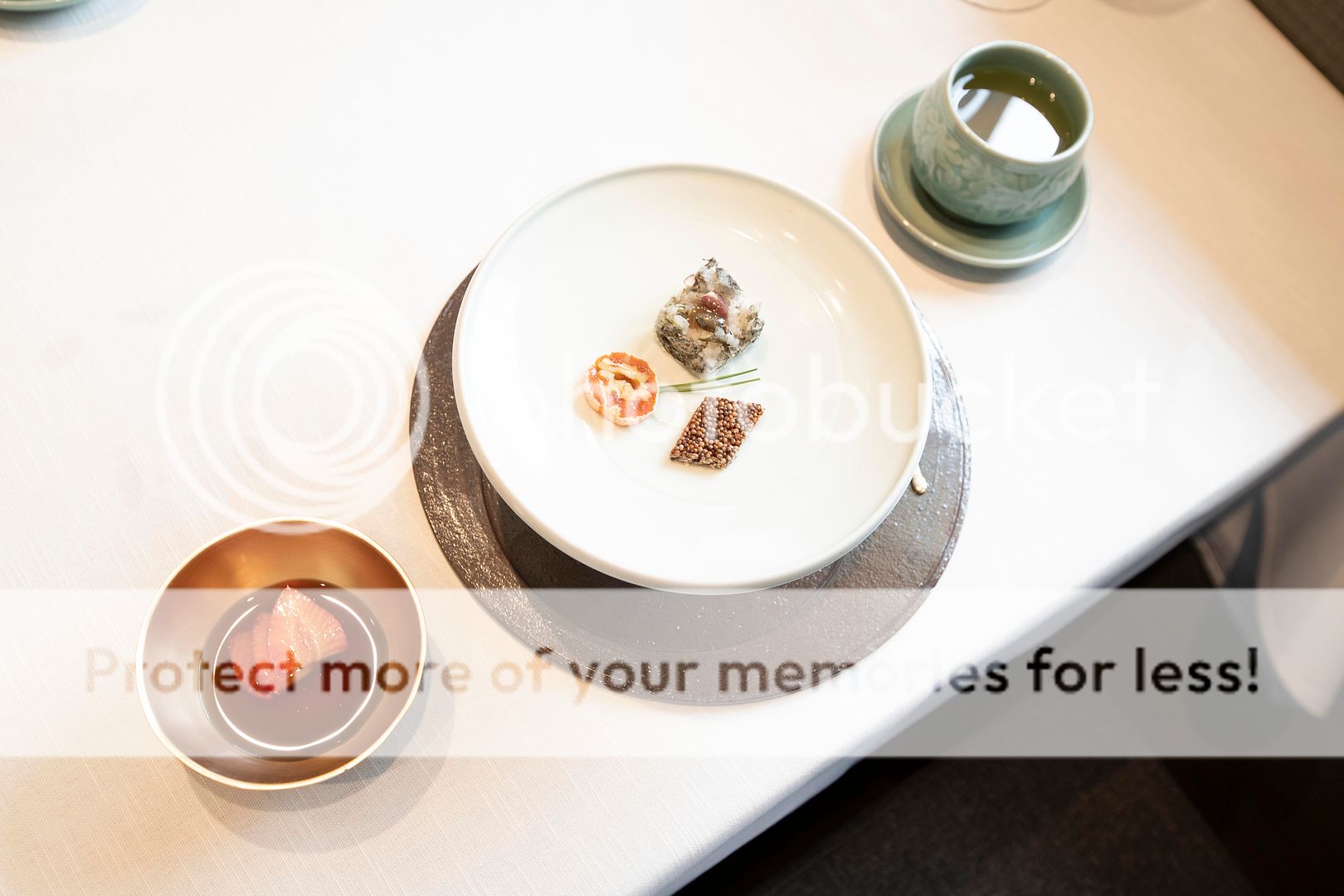
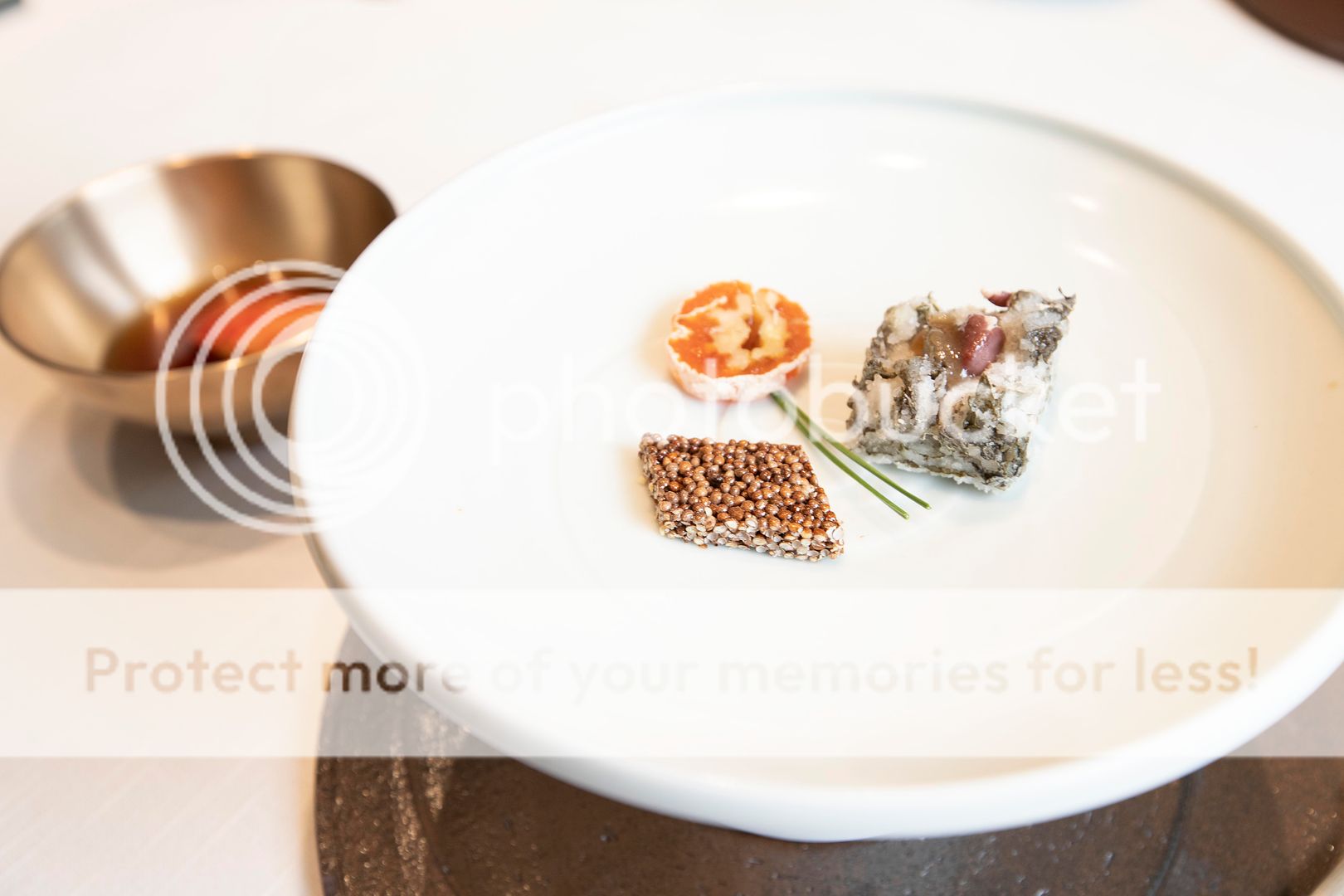
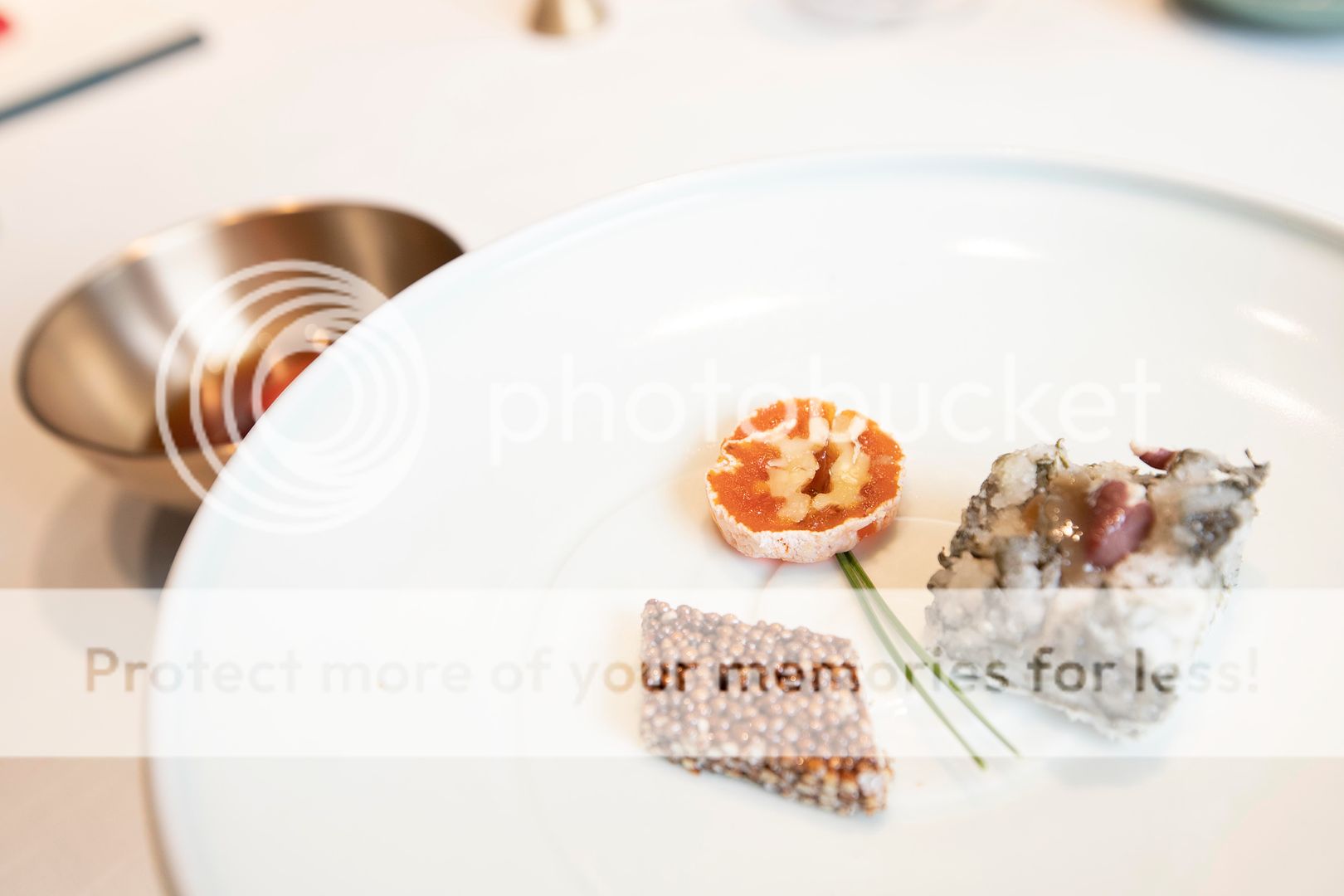
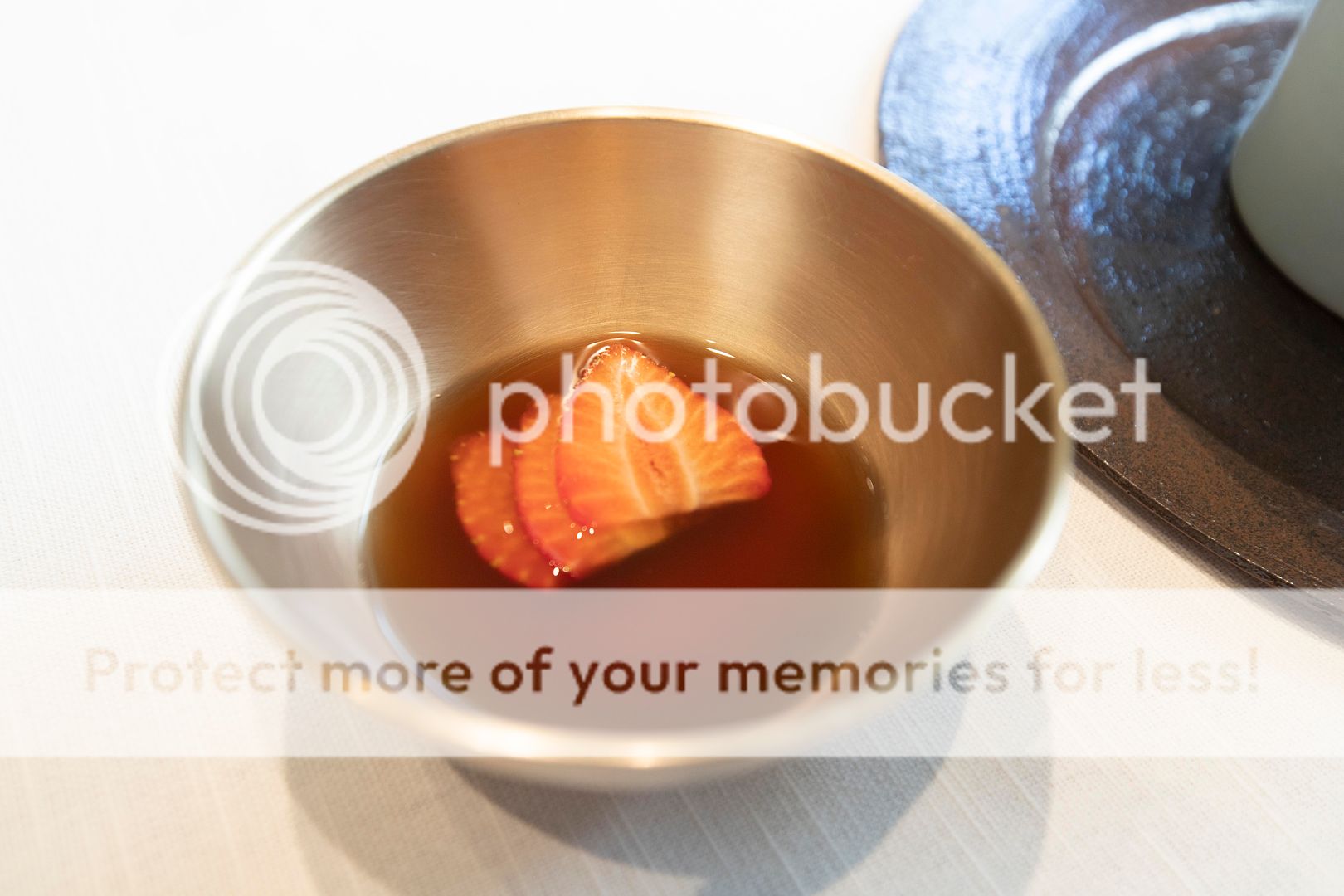

No comments:
Post a Comment